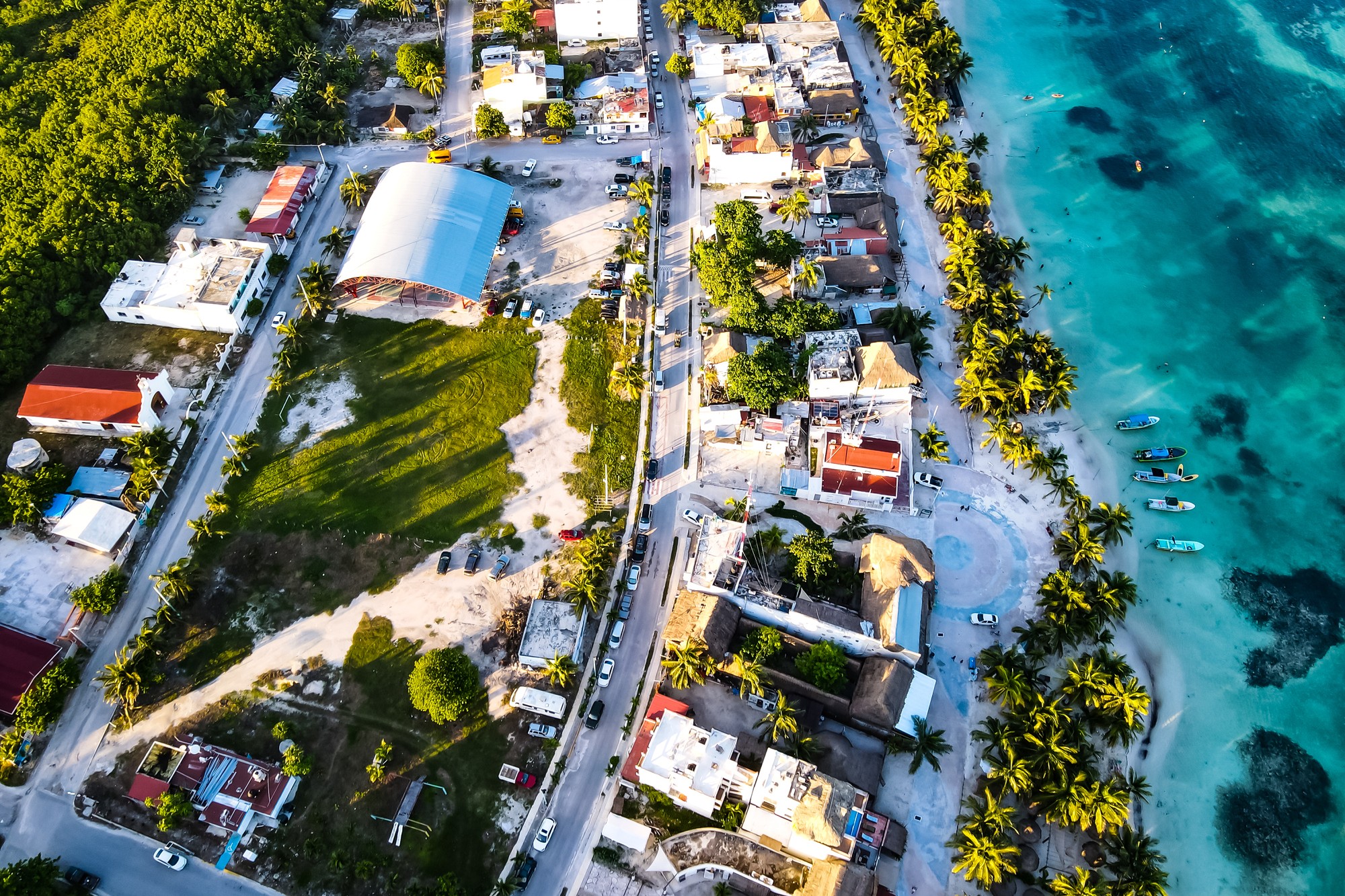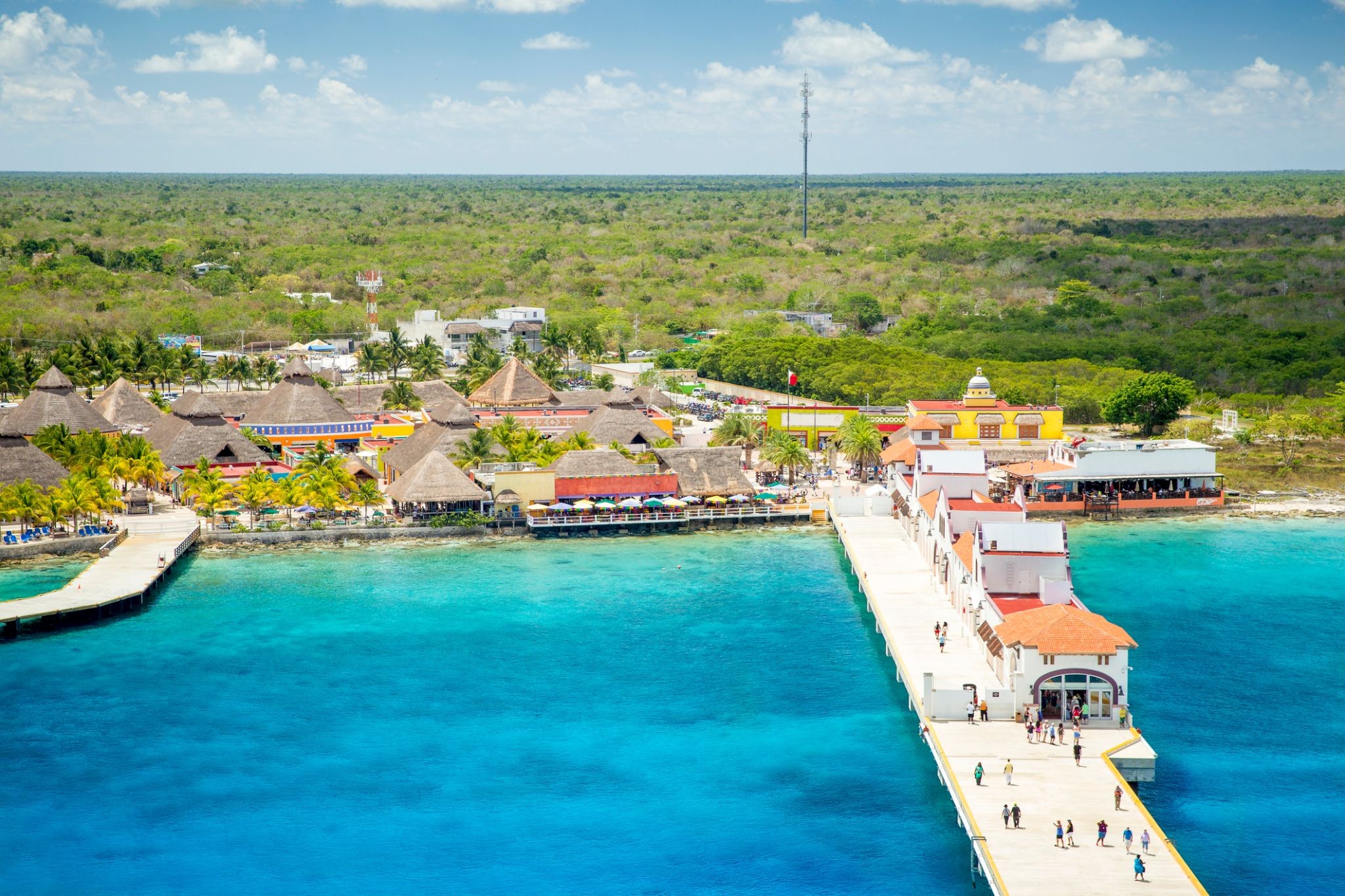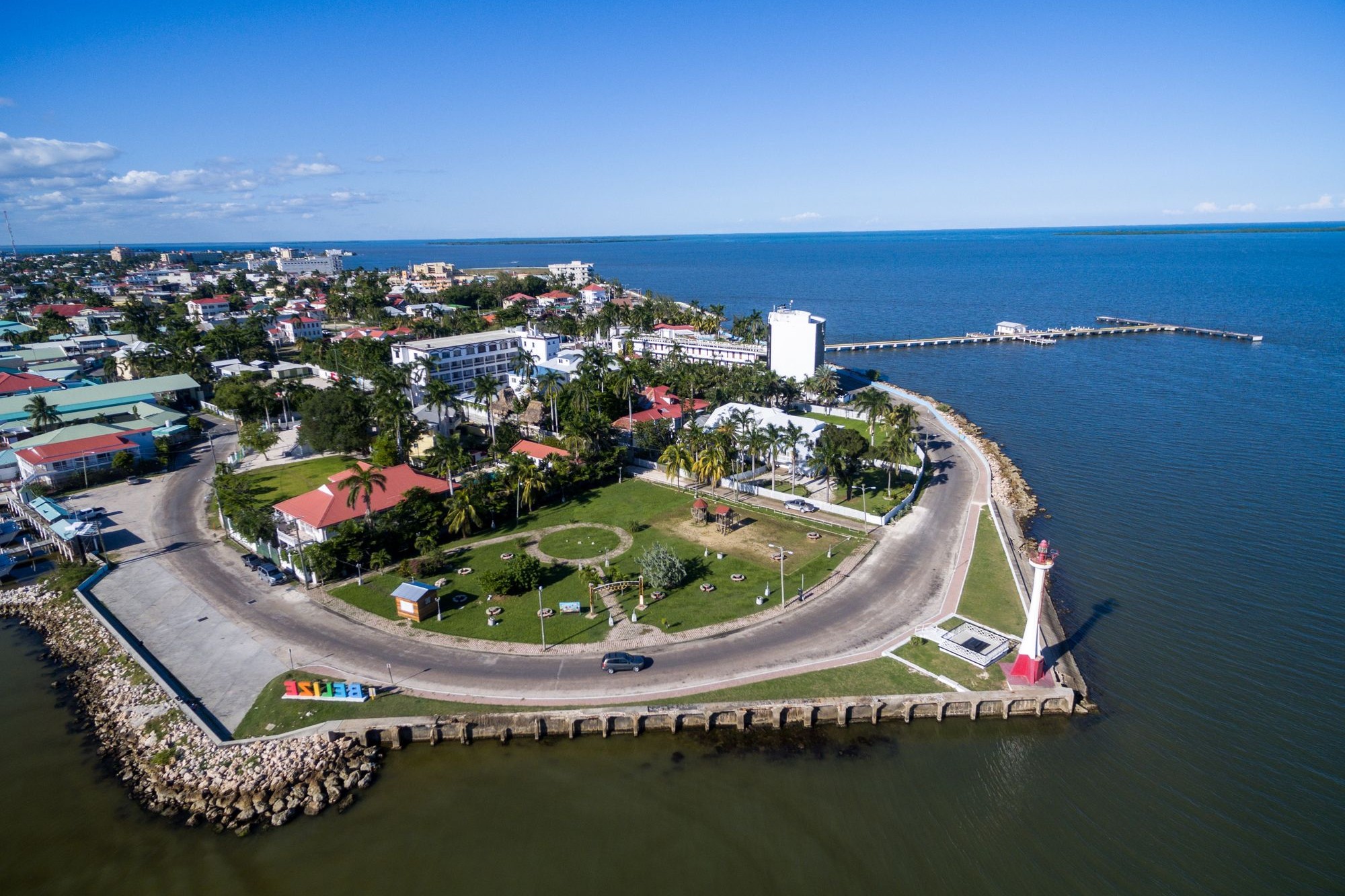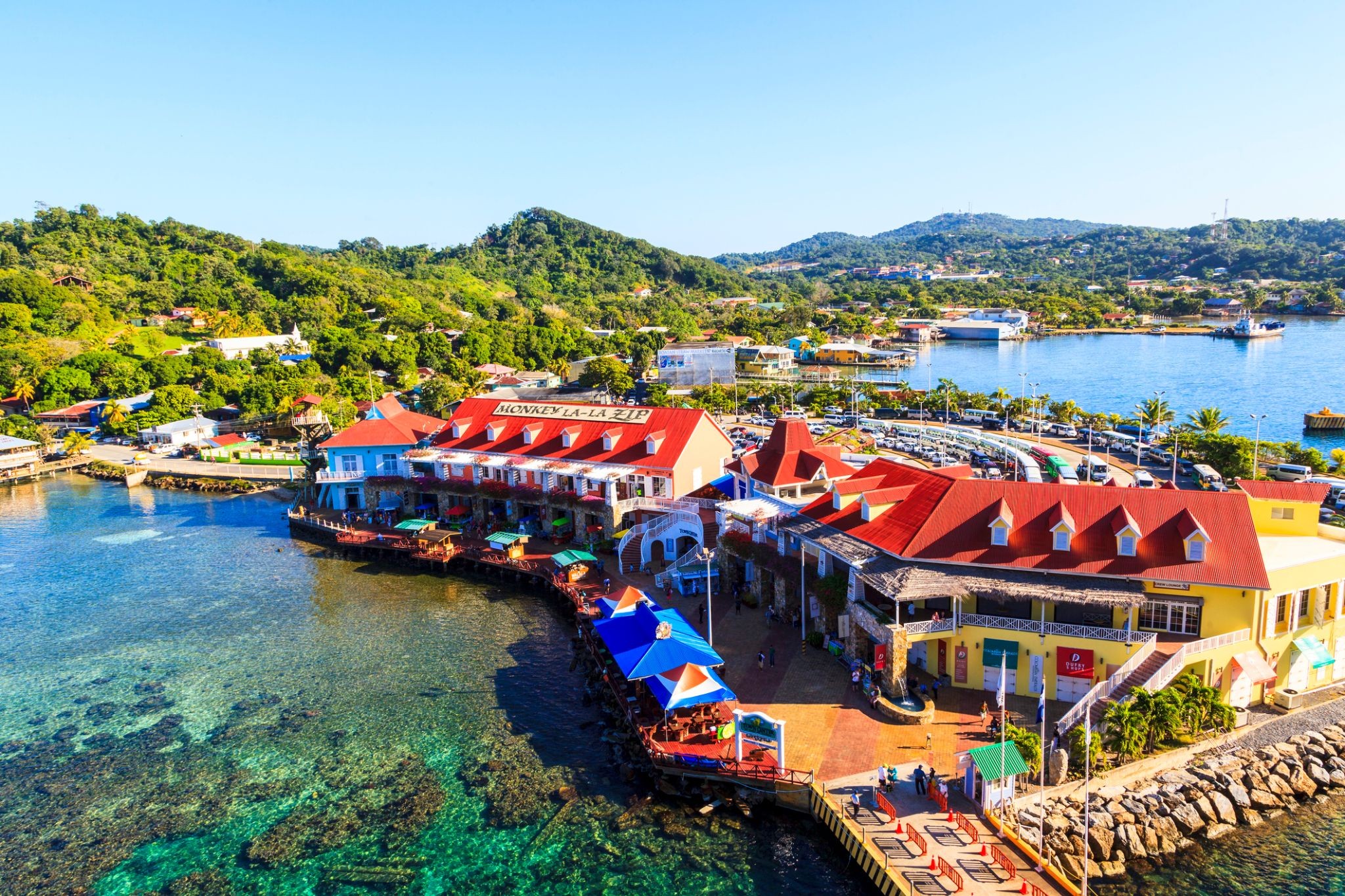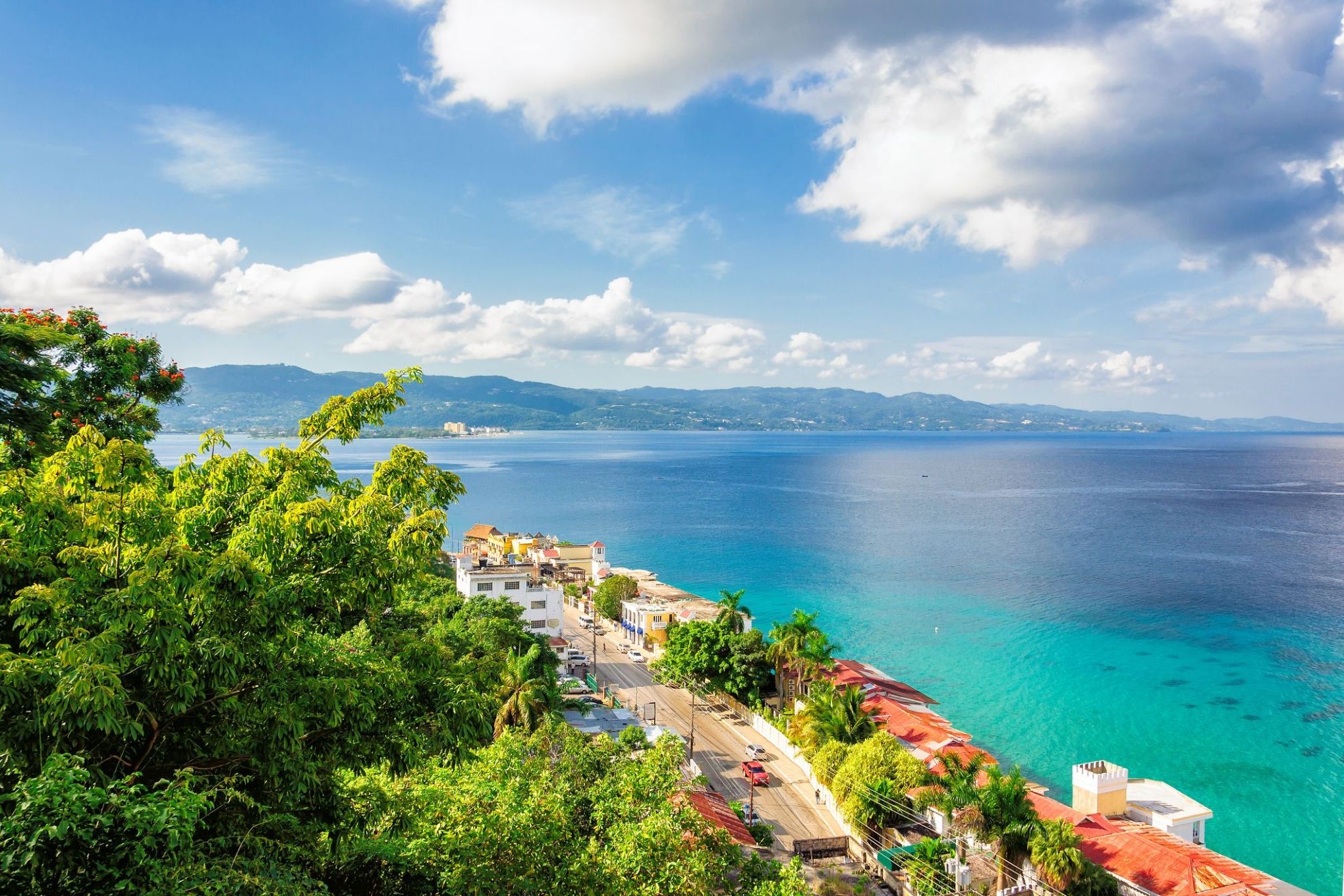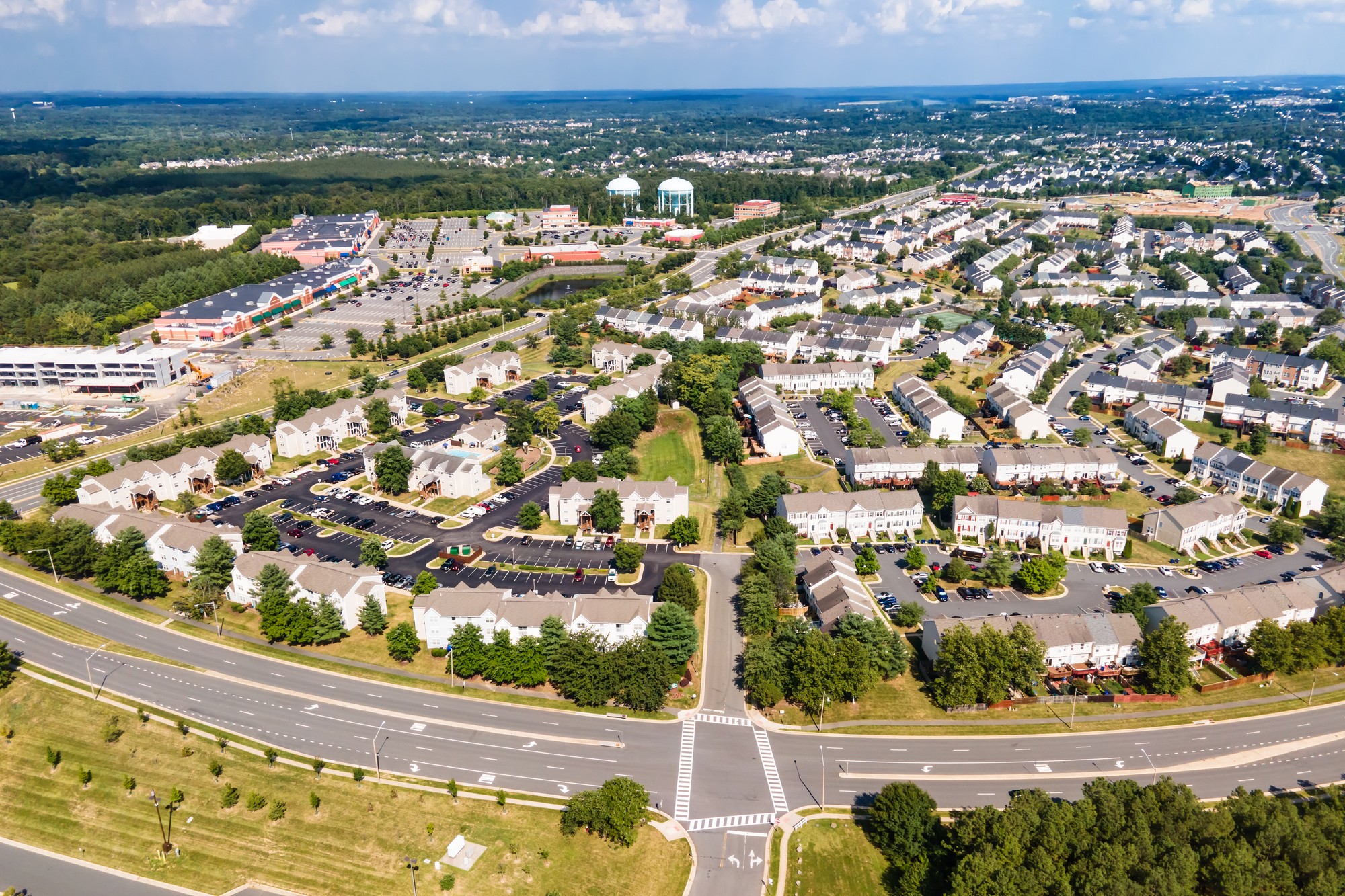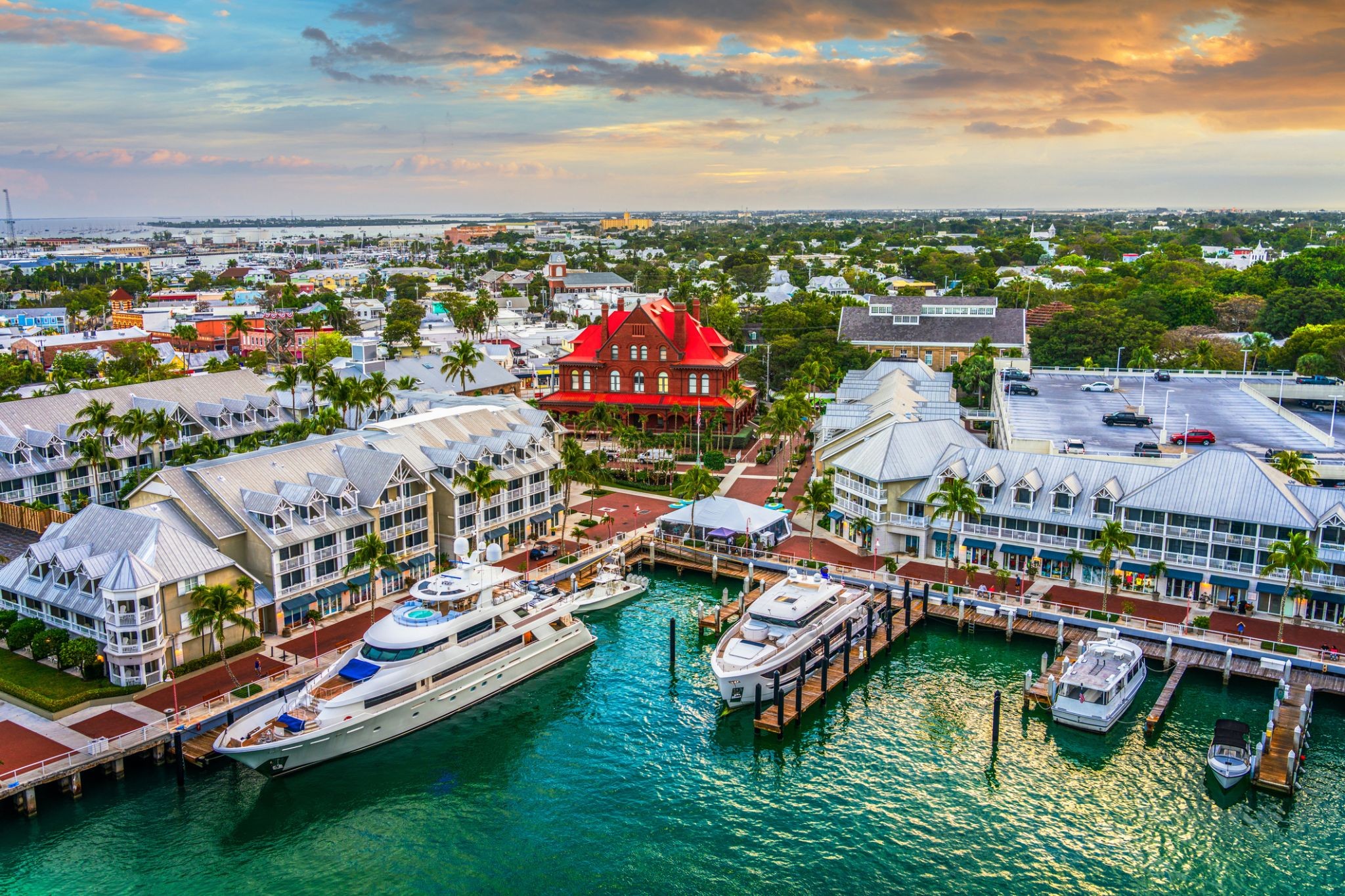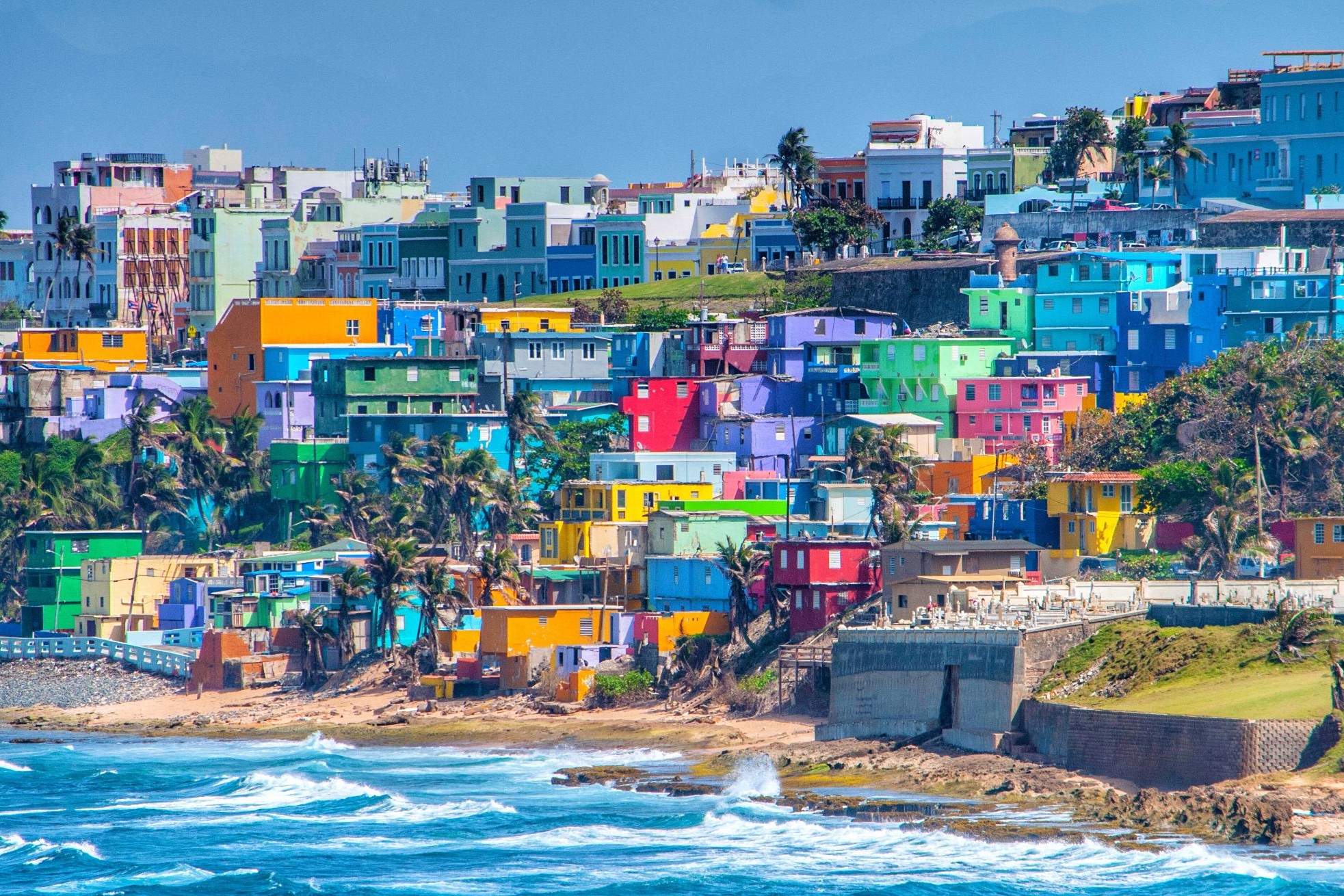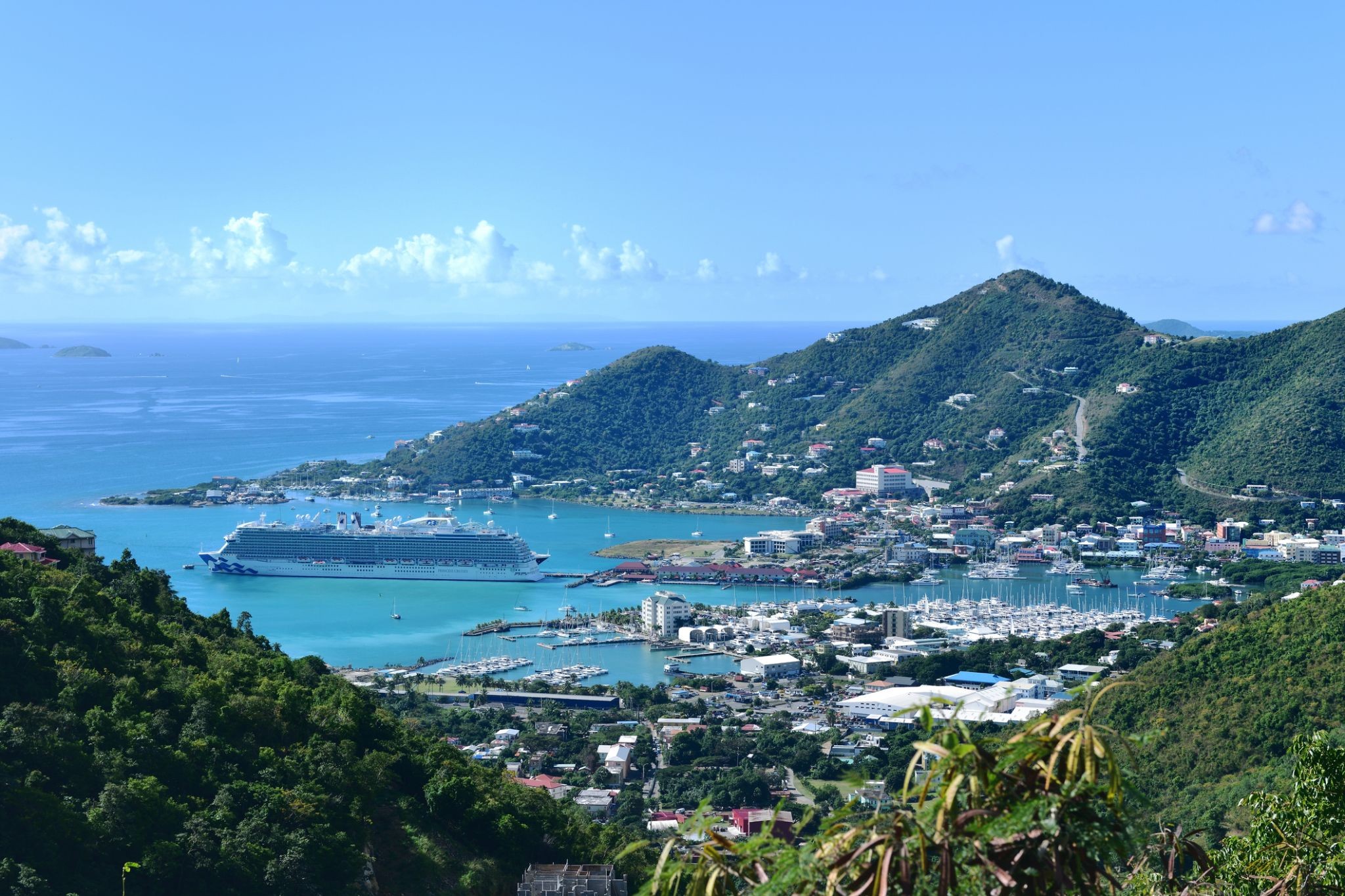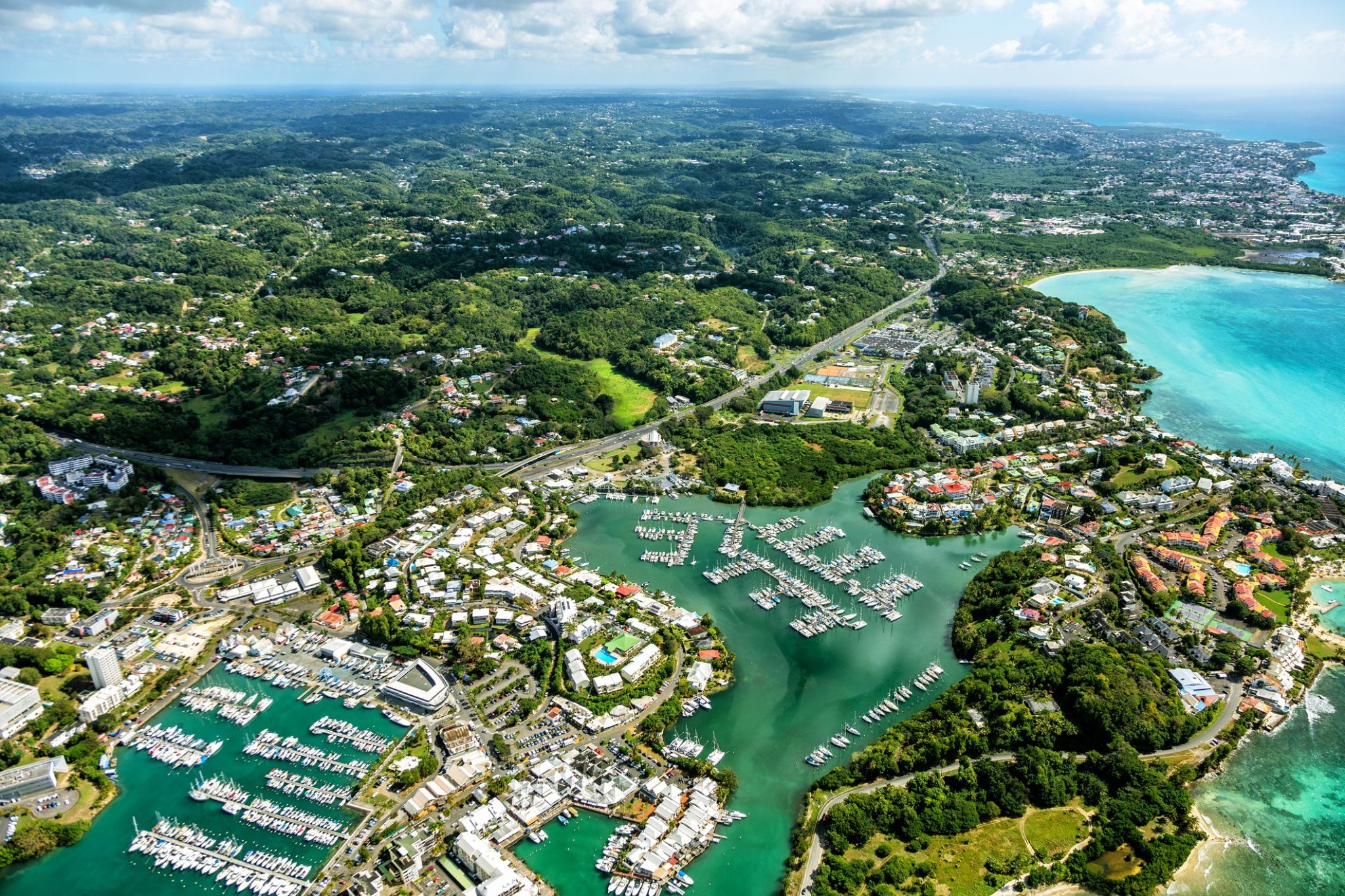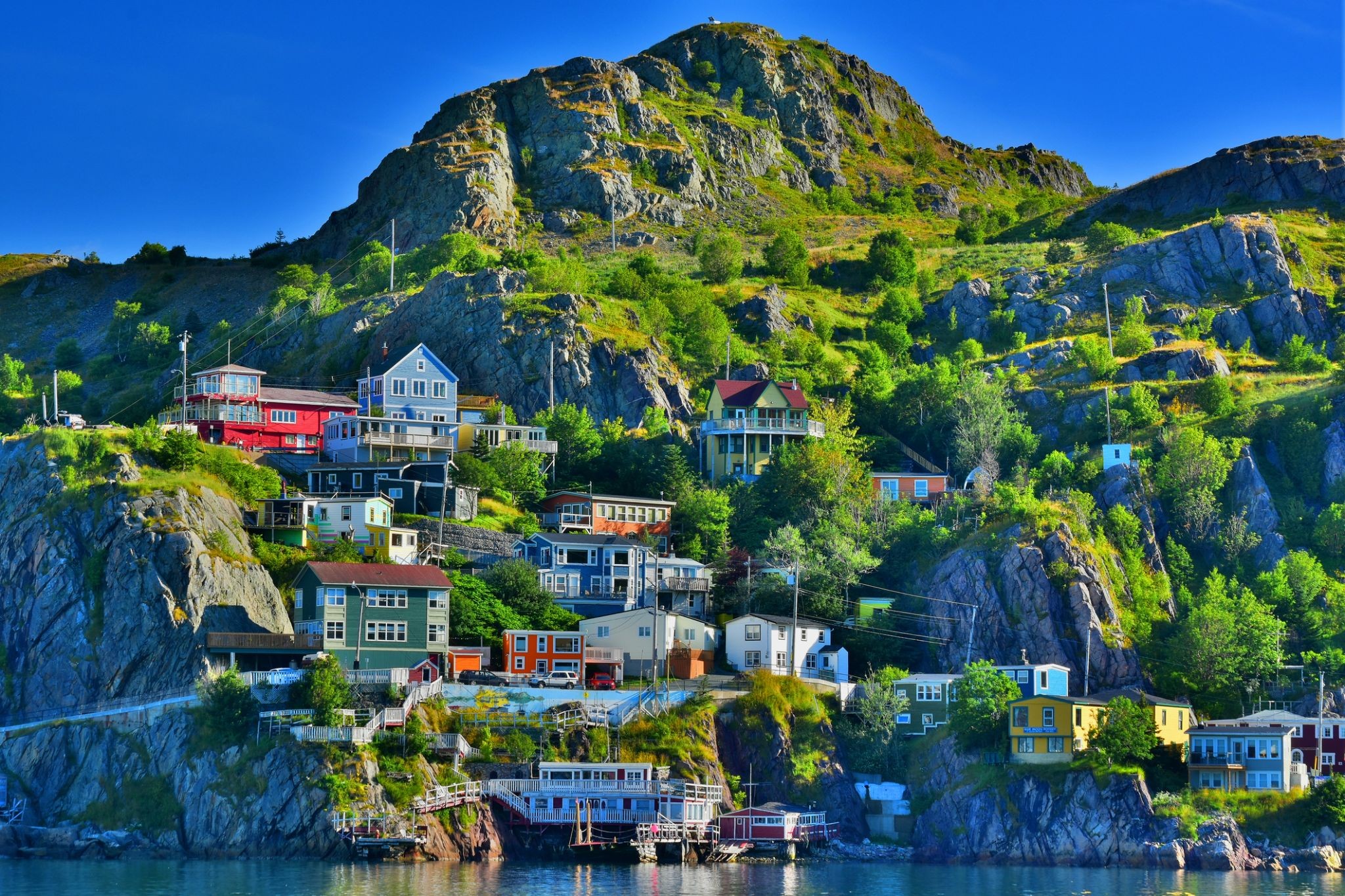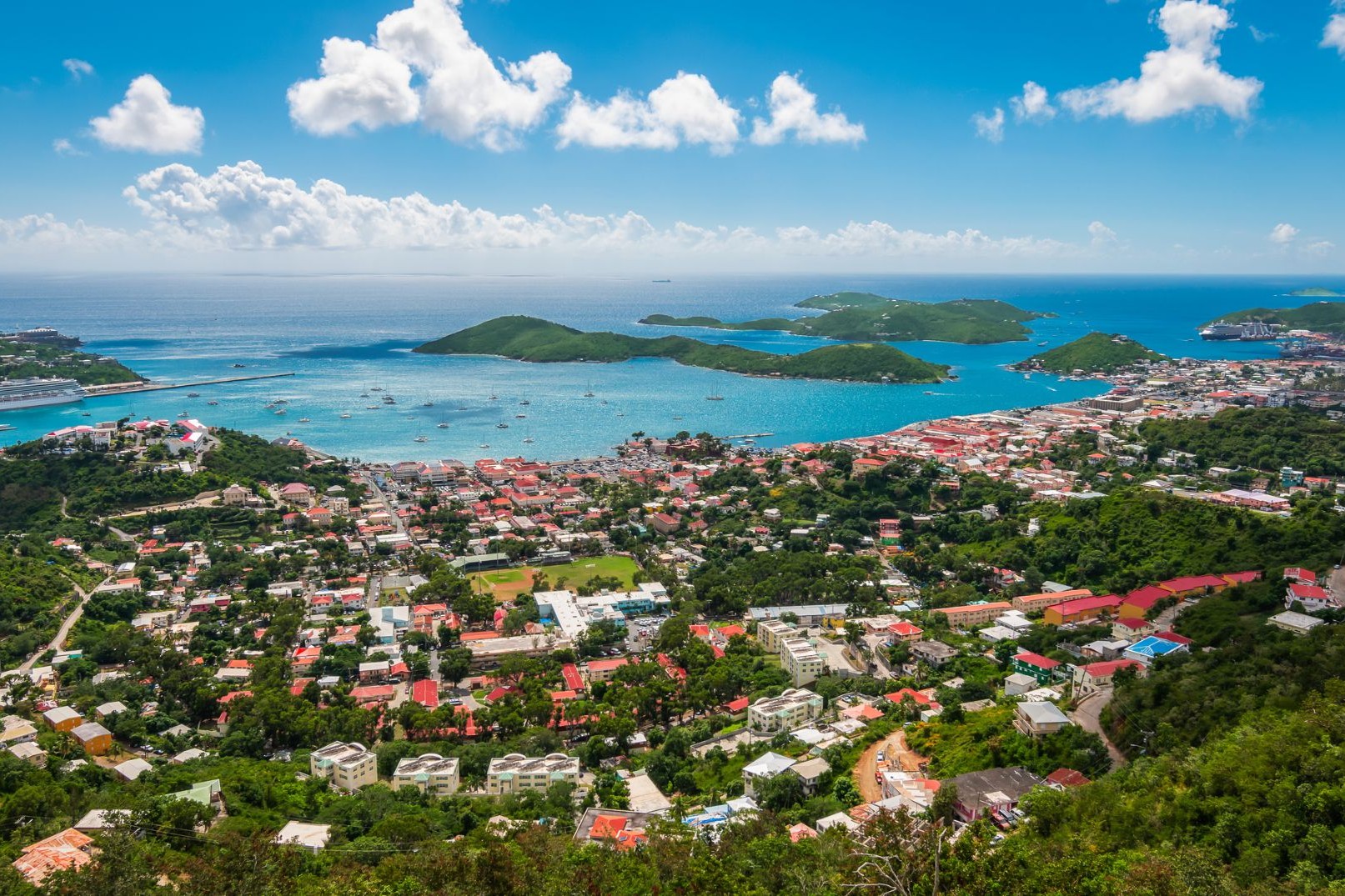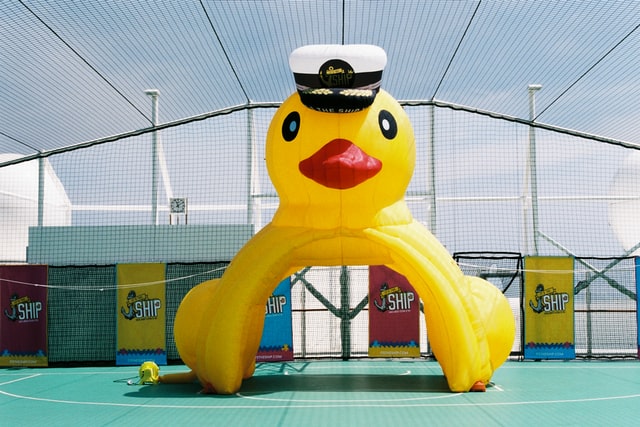Rejs 30 941 058
Żeglarz Jukatanu i zawietrznej
| Region rejsu : Karaiby |
| Firma : Oceania Cruises |
| Statek : ALLURA |
| Data rozpoczęcia : niedz. 04 sty 2026 |
| Data zakończenia : śr. 28 sty 2026 |
| Liczba nocy : 24 nocy |
Harmonogram
| Dzień | Data | Port | Wypłynięcie | Odpłynięcie |
|---|---|---|---|---|
| 1 | 4.01 niedz. | Miami / USA | 07:00 | 19:00 |
| 2 | 5.01 pon. | Dzień na morzu / Morze | ||
| 3 | 6.01 wt. | Costa Maya / Meksyk | 08:00 | 18:00 |
| 4 | 7.01 śr. | San Miguel, wyspa Cozumel / Meksyk | 07:00 | 17:00 |
| 5 | 8.01 czw. | Belize City / Belize | 08:00 | 17:00 |
| 6 | 9.01 pt. | Santo Tomas de Castilla / Gwatemala | 07:00 | 17:00 |
| 7 | 10.01 sob. | Kokcen-Houl / Honduras | 07:00 | 17:00 |
| 8 | 11.01 niedz. | Dzień na morzu / Morze | ||
| 9 | 12.01 pon. | Montego Bay / Jamajka | 07:00 | 16:00 |
| 10 | 13.01 wt. | Leesburg / USA | 07:00 | 18:00 |
| 11 | 14.01 śr. | Dzień na morzu / Morze | ||
| 12 | 15.01 czw. | Key West / USA | 07:00 | 18:00 |
| 13 | 16.01 pt. | Miami / USA | 07:00 | 17:00 |
| 14 | 17.01 sob. | Dzień na morzu / Morze | ||
| 15 | 18.01 niedz. | Dzień na morzu / Morze | ||
| 16 | 19.01 pon. | San Juan / Portoryko | 07:00 | 17:00 |
| 17 | 20.01 wt. | Tortola / Brytyjskie Wyspy Dziewicze | 07:00 | 17:00 |
| 18 | 21.01 śr. | Frederiksted Saint Croix | 07:00 | 17:00 |
| 19 | 22.01 czw. | Basseterre, Saint Kitts / Saint Kitts i Nevis | 07:00 | 17:00 |
| 20 | 23.01 pt. | Pointe-a-Pitre / Gwadelupa | 07:00 | 17:00 |
| 21 | 24.01 sob. | Świętego Jana / Kanada | 07:00 | 17:00 |
| 22 | 25.01 niedz. | Charlotte Amalie, ks. Święty Tomasz / Wyspy Dziewicze | 07:00 | 17:00 |
| 23 | 26.01 pon. | Dzień na morzu / Morze | ||
| 24 | 27.01 wt. | Dzień na morzu / Morze | ||
| 25 | 28.01 śr. | Miami / USA | 07:00 | 19:00 |
-
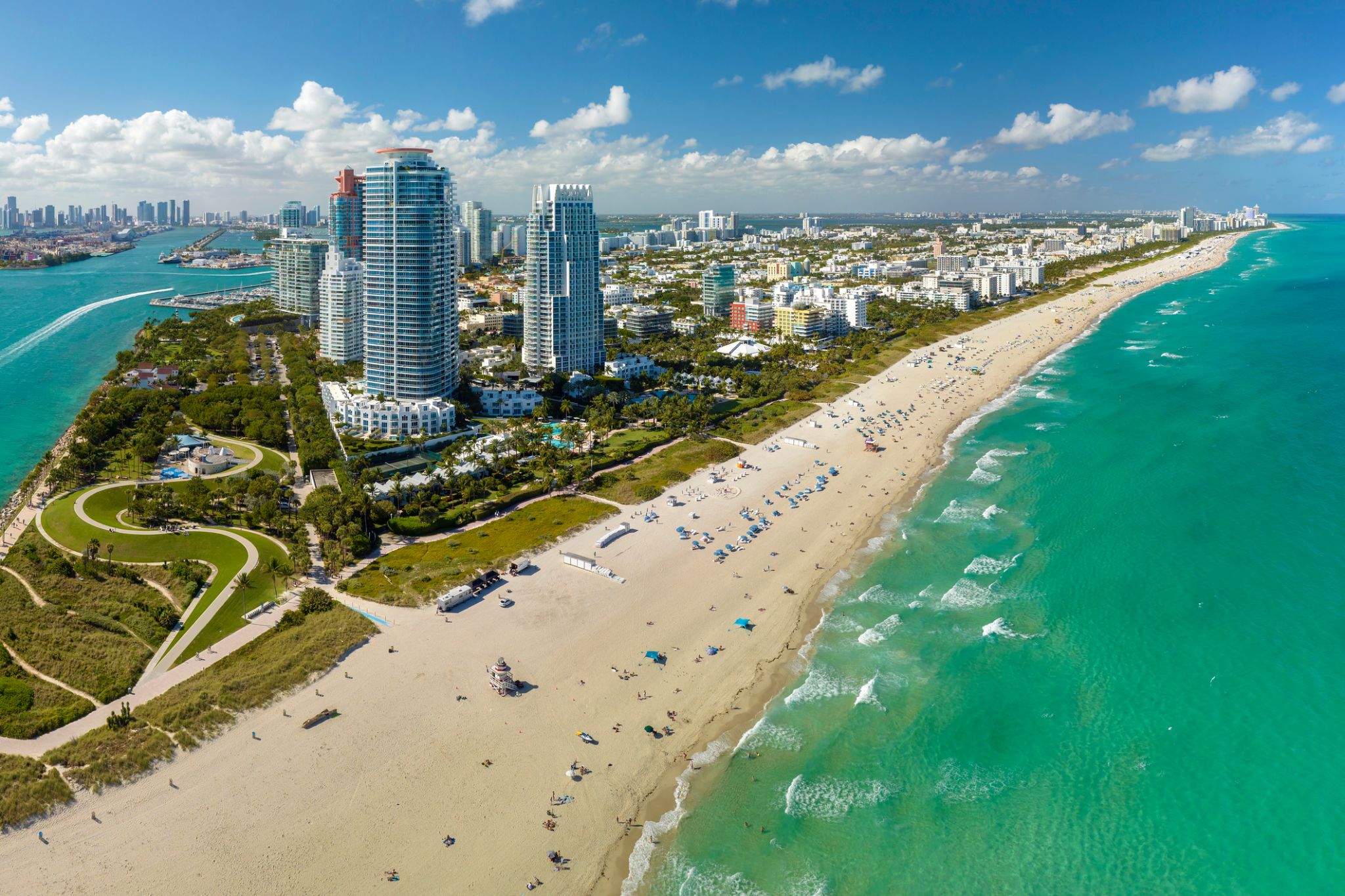 Dzień 1: 07:00-19:00
Dzień 1: 07:00-19:00Miami / USA
Miami, officially the City of Miami, is the cultural, economic and financial center of South Florida. Miami is the seat of Miami-Dade County, the most populous county in Florida. The city covers an area of about 56.6 square miles (147 km2), between the Everglades to the west and Biscayne Bay on the east; with a 2017 estimated population of 463,347, Miami is the sixth most densely populated major city in the United States. The Miami metropolitan area is home to 6.1 million people and the seventh-largest metropolitan area in the nation. Miami's metro area is the second-most populous metropolis in the southeastern United States and fourth-largest urban area in the U.S.
Miami is a major center, and a leader in finance, commerce, culture, media, entertainment, the arts, and international trade. The Miami Metropolitan Area is by far the largest urban economy in Florida and the 12th largest in the United States with a GDP of $344.9 billion as of 2017. In 2012, Miami was classified as an "Alpha−" level world city in the World Cities Study Group's inventory. In 2010, Miami ranked seventh in the United States and 33rd among global cities in terms of business activity, human capital, information exchange, cultural experience, and political engagement. In 2008, Forbes magazine ranked Miami "America's Cleanest City", for its year-round good air quality, vast green spaces, clean drinking water, clean streets, and citywide recycling programs. According to a 2009 UBS study of 73 world cities, Miami was ranked as the richest city in the United States, and the world's seventh-richest city in terms of purchasing power. Miami is nicknamed the "Capital of Latin America" and is the largest city with a Cuban-American plurality.
Greater Downtown Miami has one of the largest concentrations of international banks in the United States, and is home to many large national and international companies. The Civic Center is a major center for hospitals, research institutes, medical centers, and biotechnology industries. For more than two decades, the Port of Miami, known as the "Cruise Capital of the World", has been the number one cruise passenger port in the world. It accommodates some of the world's largest cruise ships and operations, and is the busiest port in both passenger traffic and cruise lines. Metropolitan Miami is also a major tourism hub in the southeastern U.S. for international visitors, ranking number two in the country after New York City.
-
 Dzień 2:
Dzień 2:Dzień na morzu / Morze
-
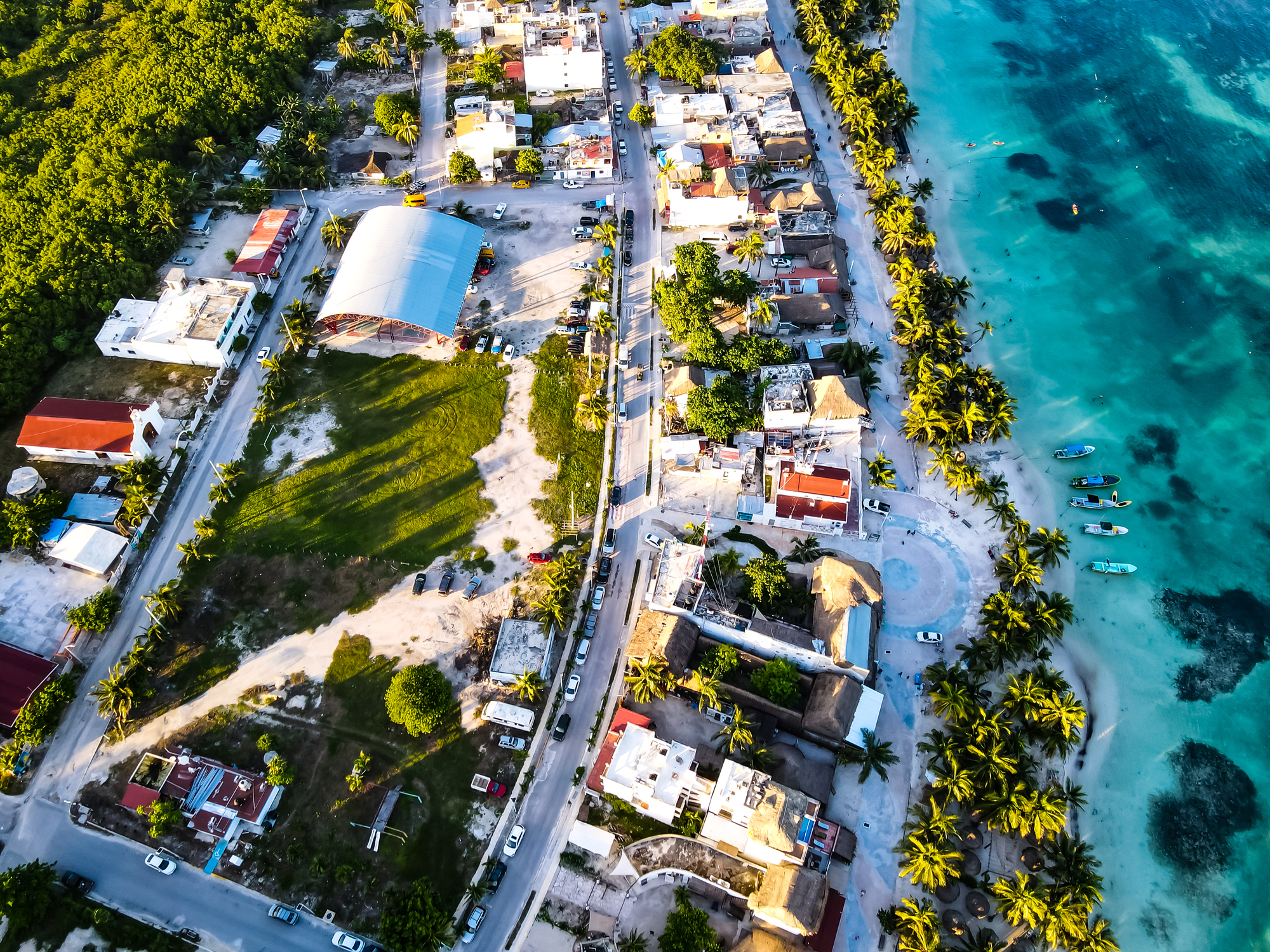 Dzień 3: 08:00-18:00
Dzień 3: 08:00-18:00Costa Maya / Meksyk
-
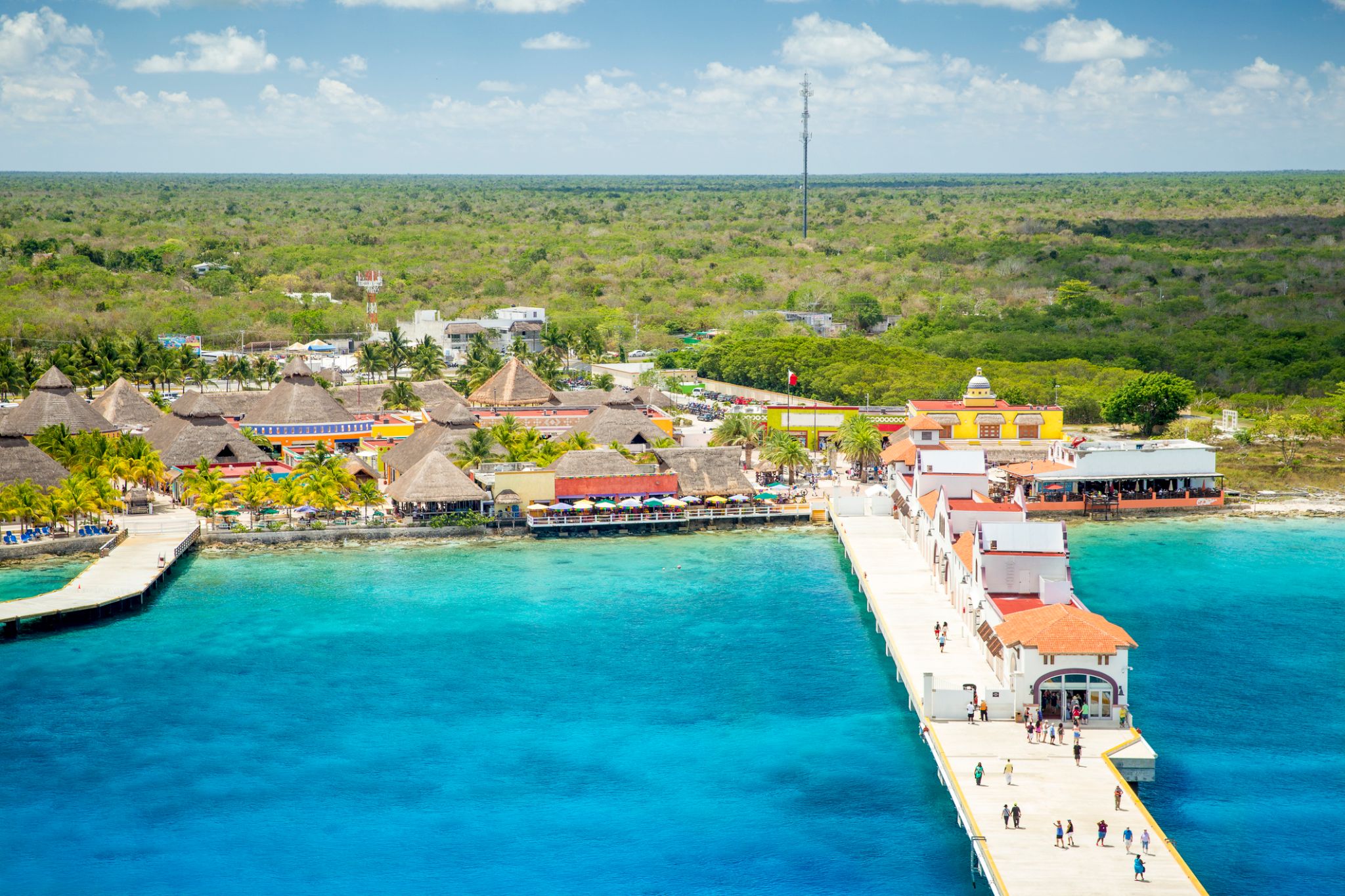 Dzień 4: 07:00-17:00
Dzień 4: 07:00-17:00San Miguel, wyspa Cozumel / Meksyk
-
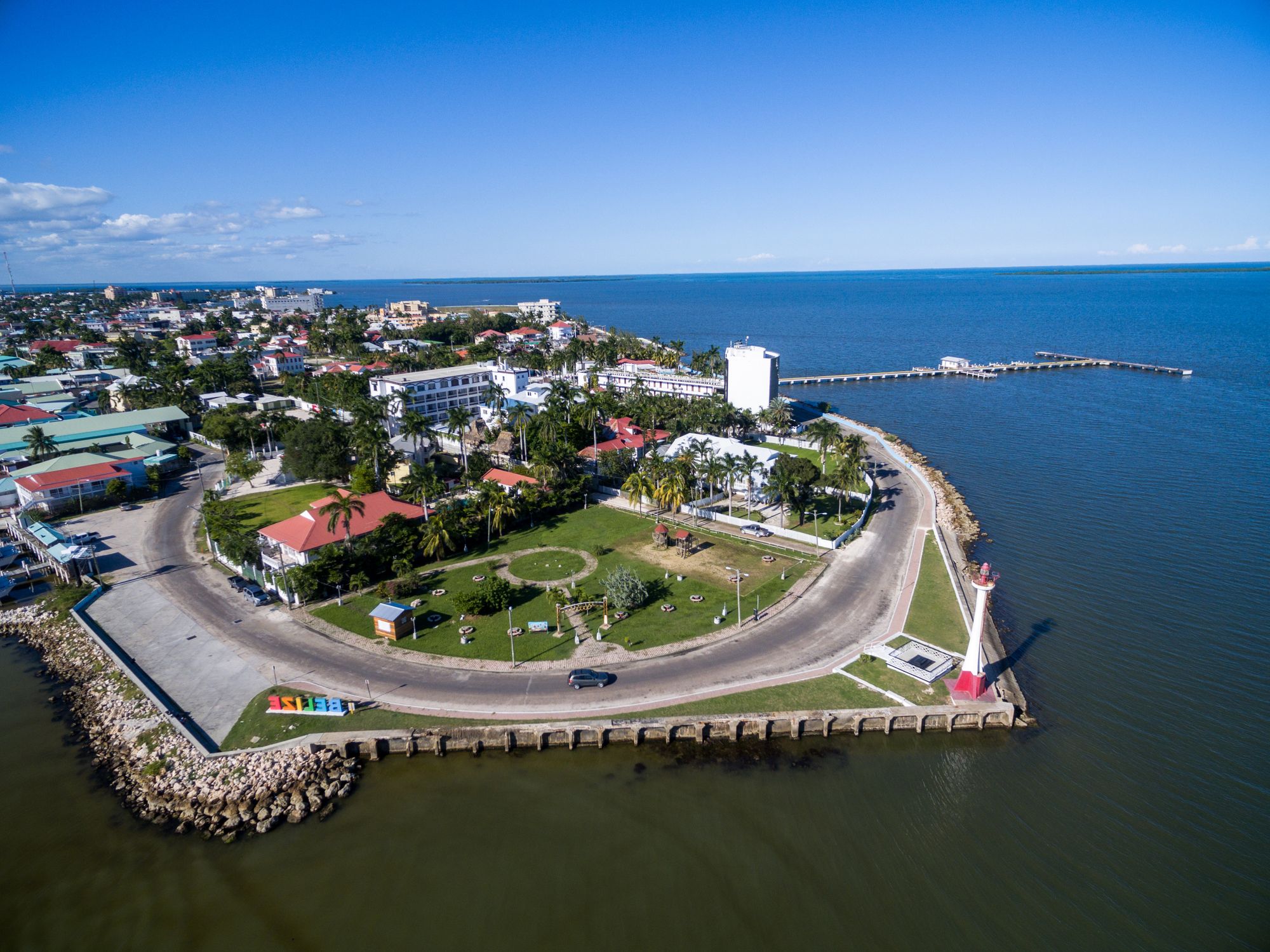 Dzień 5: 08:00-17:00
Dzień 5: 08:00-17:00Belize City / Belize
The principal seaport and former capital (until 1970) of Belize; population 65,200 (est. 2008).
-
 Dzień 6: 07:00-17:00
Dzień 6: 07:00-17:00Santo Tomas de Castilla / Gwatemala
-
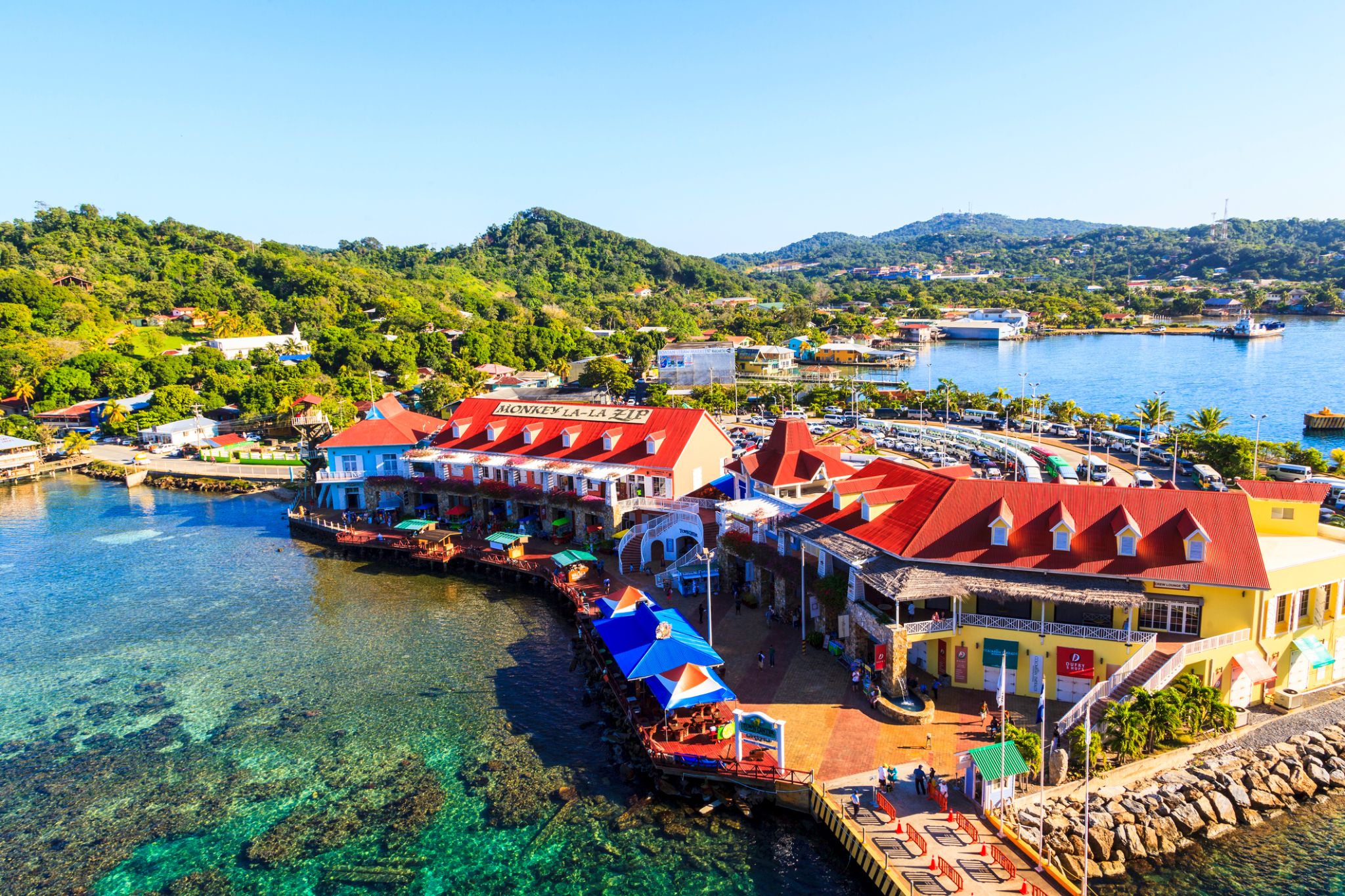 Dzień 7: 07:00-17:00
Dzień 7: 07:00-17:00Kokcen-Houl / Honduras
-
 Dzień 8:
Dzień 8:Dzień na morzu / Morze
-
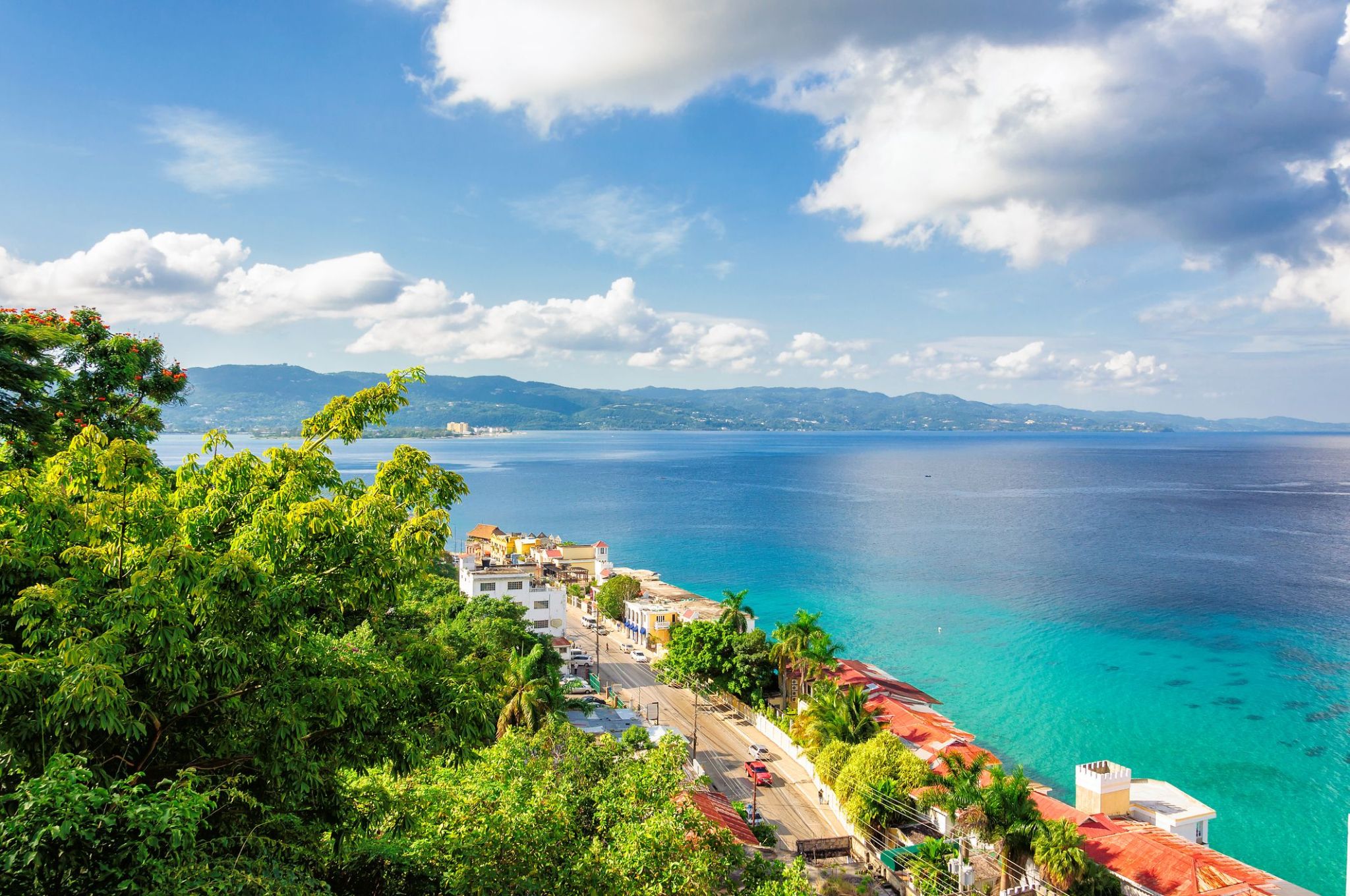 Dzień 9: 07:00-16:00
Dzień 9: 07:00-16:00Montego Bay / Jamajka
Montego Bay to malownicza zatoka na północno-zachodnim wybrzeżu Jamajki, słynąca z pięknych plaż i raf koralowych, które są idealne do nurkowania i snorkelingu. Zatoka ta jest domem dla jednego z największych ośrodków turystycznych na wyspie — Montego Bay, który przyciąga turystów nie tylko białymi piaszczystymi plażami, ale także bogatą historią. Znajdują się tu stare plantacje, takie jak Rose Hall, związane z mistycznymi historiami, a także luksusowe hotele i ośrodki wypoczynkowe oferujące wysokiej klasy usługi.
Oprócz wypoczynku na plaży, podróżni mogą zwiedzać naturalne piękno zatoki, w tym wodospady i gorące źródła, a także cieszyć się lokalną kulturą poprzez festiwale muzyczne, kuchnię i tradycyjne rynki. Montego Bay stanowi również doskonałą bazę dla tych, którzy chcą zwiedzać inne zakątki Jamajki, w tym parki narodowe, gdzie można uprawiać trekking lub podziwiać unikalną florę i faunę. To miejsce, w którym aktywny wypoczynek spotyka się z relaksującą atmosferą karaibskiego raju.
-
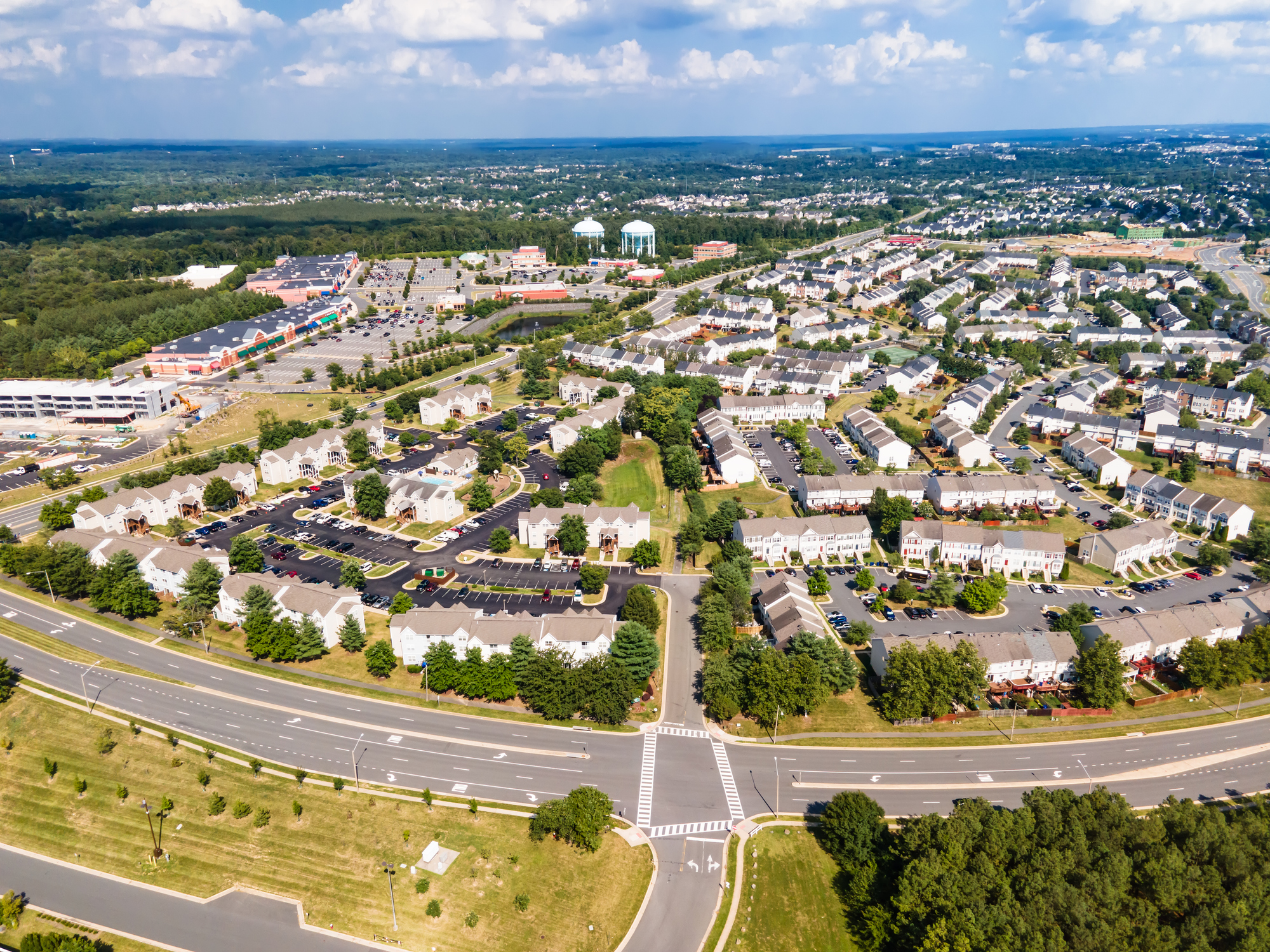 Dzień 10: 07:00-18:00
Dzień 10: 07:00-18:00Leesburg / USA
-
 Dzień 11:
Dzień 11:Dzień na morzu / Morze
-
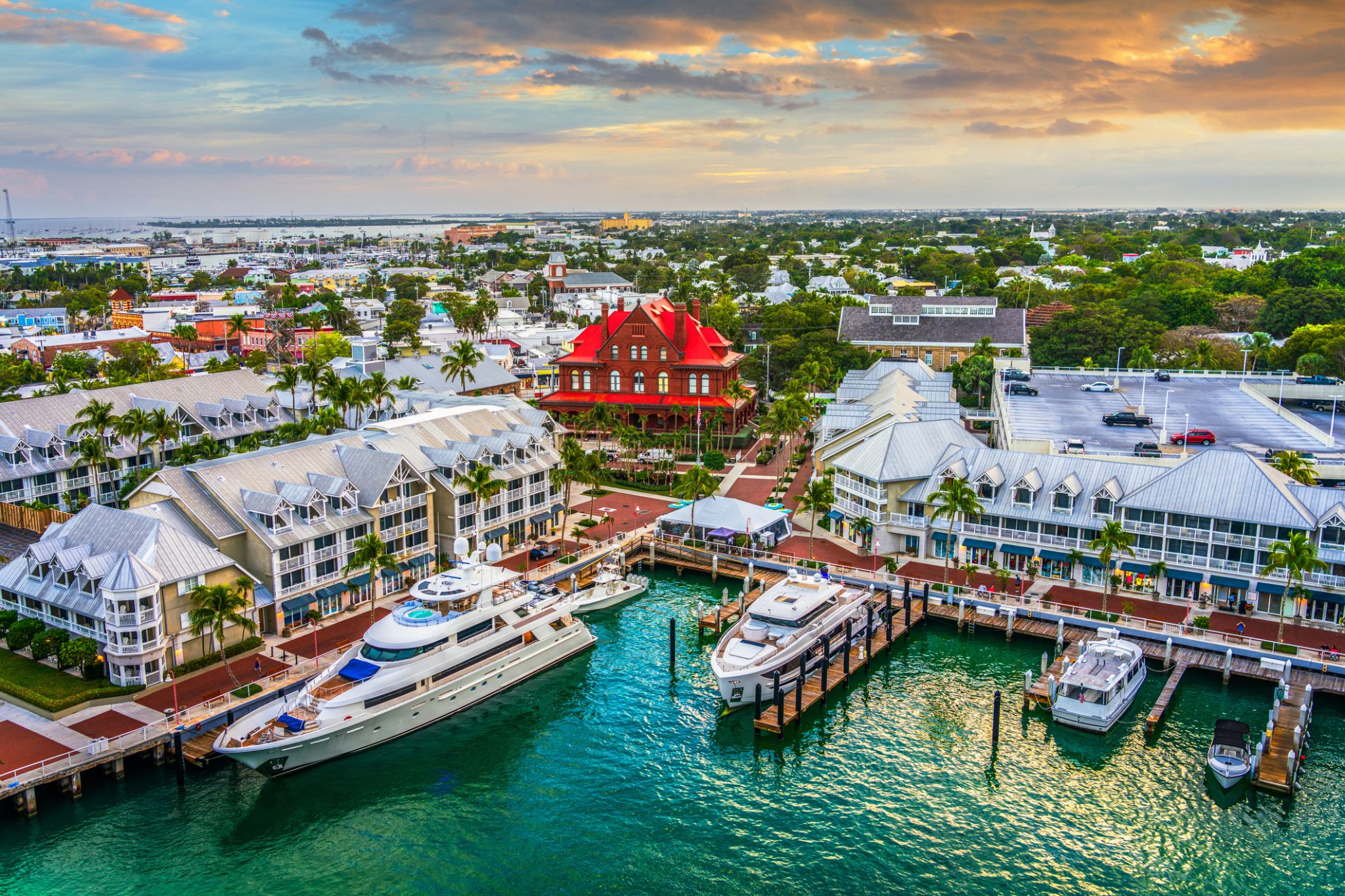 Dzień 12: 07:00-18:00
Dzień 12: 07:00-18:00Key West / USA
Key West is an island and city in the Straits of Florida on the North American continent. The city lies at the southernmost end of U.S. Route 1, the longest north-south road in the United States. Key West is the southernmost city in the contiguous United States and the westernmost island connected by highway in the Florida Keys. The island is about 4 miles (6.4 km) long and 1 mile (1.6 km) wide, with a total land mass of 4.2 square miles (11 km2). Duval Street, its main street, is 1.1 miles (1.8 km) in length in its 14-block-long crossing from the Gulf of Mexico to the Straits of Florida and the Atlantic Ocean. Key West is about 95 miles (153 km) north of Cuba at their closest points.
The city is the county seat of Monroe County. The city boundaries include the island of Key West and all or part of several nearby islands: Sigsbee Park, Fleming Key, Sunset Key, and the northern part of Stock Island. The total land area of the city is 5.6 square miles (14.5 km2). Key West is the southern terminus of U.S. Route 1, State Road A1A, the East Coast Greenway and, before 1935, the Florida East Coast Railway.
Key West is 129 miles (208 km) southwest of Miami by air, about 160 miles (260 km) by car, and 106 miles (171 km) north-northeast of Havana. Key West is a port of call for many passenger cruise ships. The Key West International Airport provides airline service. Naval Air Station Key West is an important year round training site for naval aviation due to the tropical weather, which is also the reason Key West was chosen as the Winter White House of President Harry S. Truman. The central business district is located along Duval Street and includes much of the northwestern corner of the island. The official city motto is "One Human Family."
-
 Dzień 13: 07:00-17:00
Dzień 13: 07:00-17:00Miami / USA
Miami, officially the City of Miami, is the cultural, economic and financial center of South Florida. Miami is the seat of Miami-Dade County, the most populous county in Florida. The city covers an area of about 56.6 square miles (147 km2), between the Everglades to the west and Biscayne Bay on the east; with a 2017 estimated population of 463,347, Miami is the sixth most densely populated major city in the United States. The Miami metropolitan area is home to 6.1 million people and the seventh-largest metropolitan area in the nation. Miami's metro area is the second-most populous metropolis in the southeastern United States and fourth-largest urban area in the U.S.
Miami is a major center, and a leader in finance, commerce, culture, media, entertainment, the arts, and international trade. The Miami Metropolitan Area is by far the largest urban economy in Florida and the 12th largest in the United States with a GDP of $344.9 billion as of 2017. In 2012, Miami was classified as an "Alpha−" level world city in the World Cities Study Group's inventory. In 2010, Miami ranked seventh in the United States and 33rd among global cities in terms of business activity, human capital, information exchange, cultural experience, and political engagement. In 2008, Forbes magazine ranked Miami "America's Cleanest City", for its year-round good air quality, vast green spaces, clean drinking water, clean streets, and citywide recycling programs. According to a 2009 UBS study of 73 world cities, Miami was ranked as the richest city in the United States, and the world's seventh-richest city in terms of purchasing power. Miami is nicknamed the "Capital of Latin America" and is the largest city with a Cuban-American plurality.
Greater Downtown Miami has one of the largest concentrations of international banks in the United States, and is home to many large national and international companies. The Civic Center is a major center for hospitals, research institutes, medical centers, and biotechnology industries. For more than two decades, the Port of Miami, known as the "Cruise Capital of the World", has been the number one cruise passenger port in the world. It accommodates some of the world's largest cruise ships and operations, and is the busiest port in both passenger traffic and cruise lines. Metropolitan Miami is also a major tourism hub in the southeastern U.S. for international visitors, ranking number two in the country after New York City.
-
 Dzień 14:
Dzień 14:Dzień na morzu / Morze
-
 Dzień 15:
Dzień 15:Dzień na morzu / Morze
-
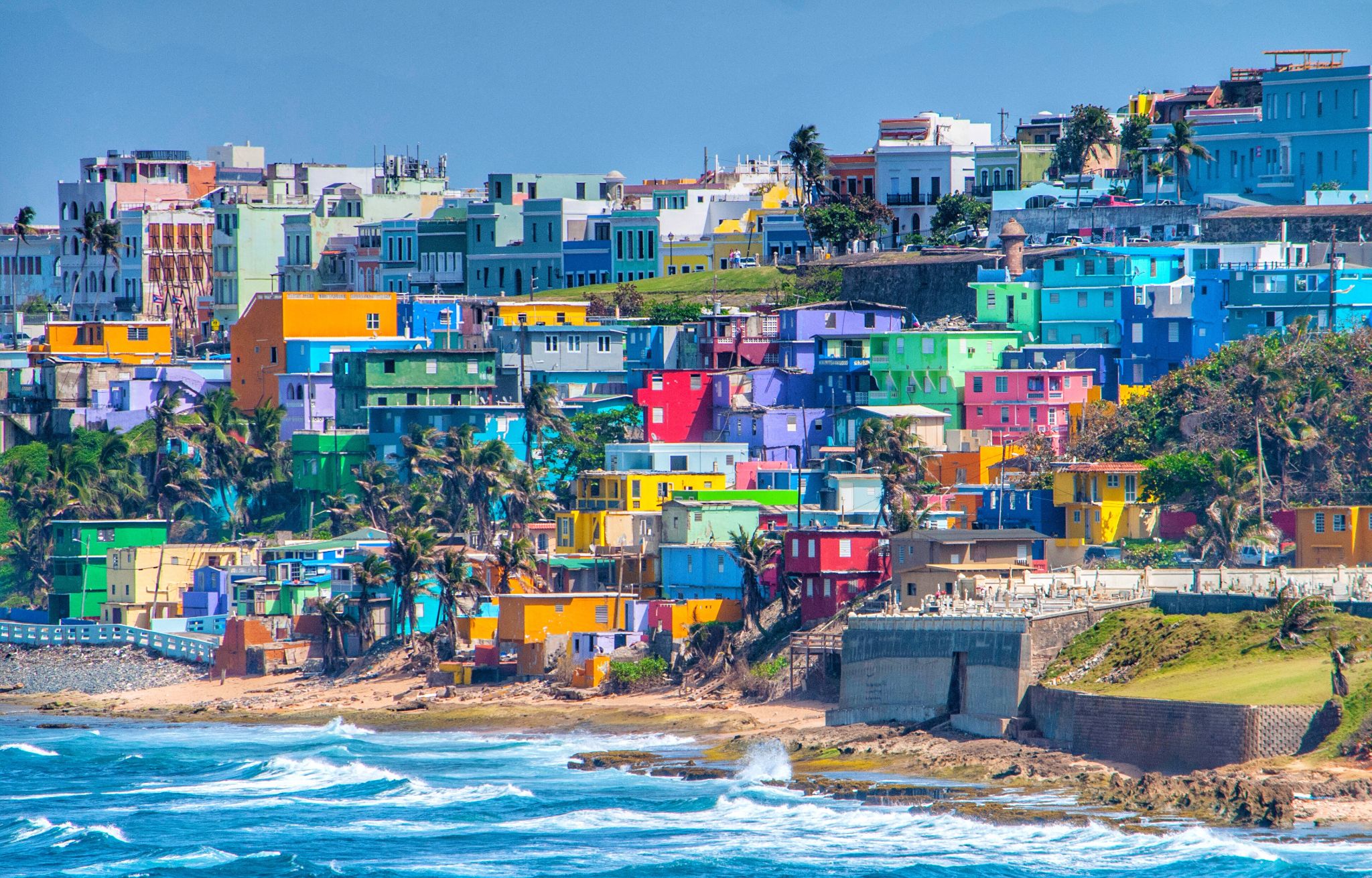 Dzień 16: 07:00-17:00
Dzień 16: 07:00-17:00San Juan / Portoryko
San Juan
-
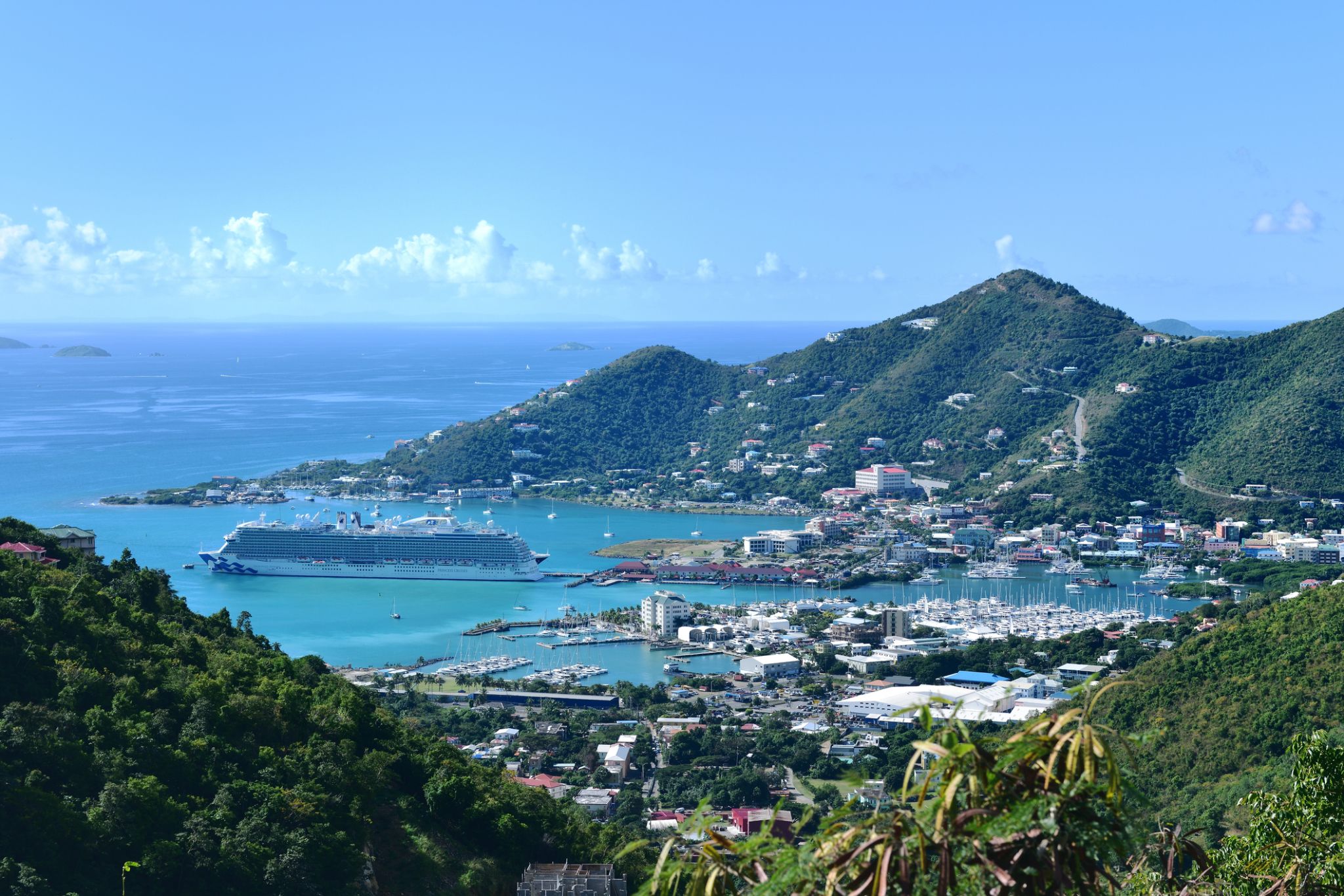 Dzień 17: 07:00-17:00
Dzień 17: 07:00-17:00Tortola / Brytyjskie Wyspy Dziewicze
-
 Dzień 18: 07:00-17:00
Dzień 18: 07:00-17:00Frederiksted Saint Croix
-
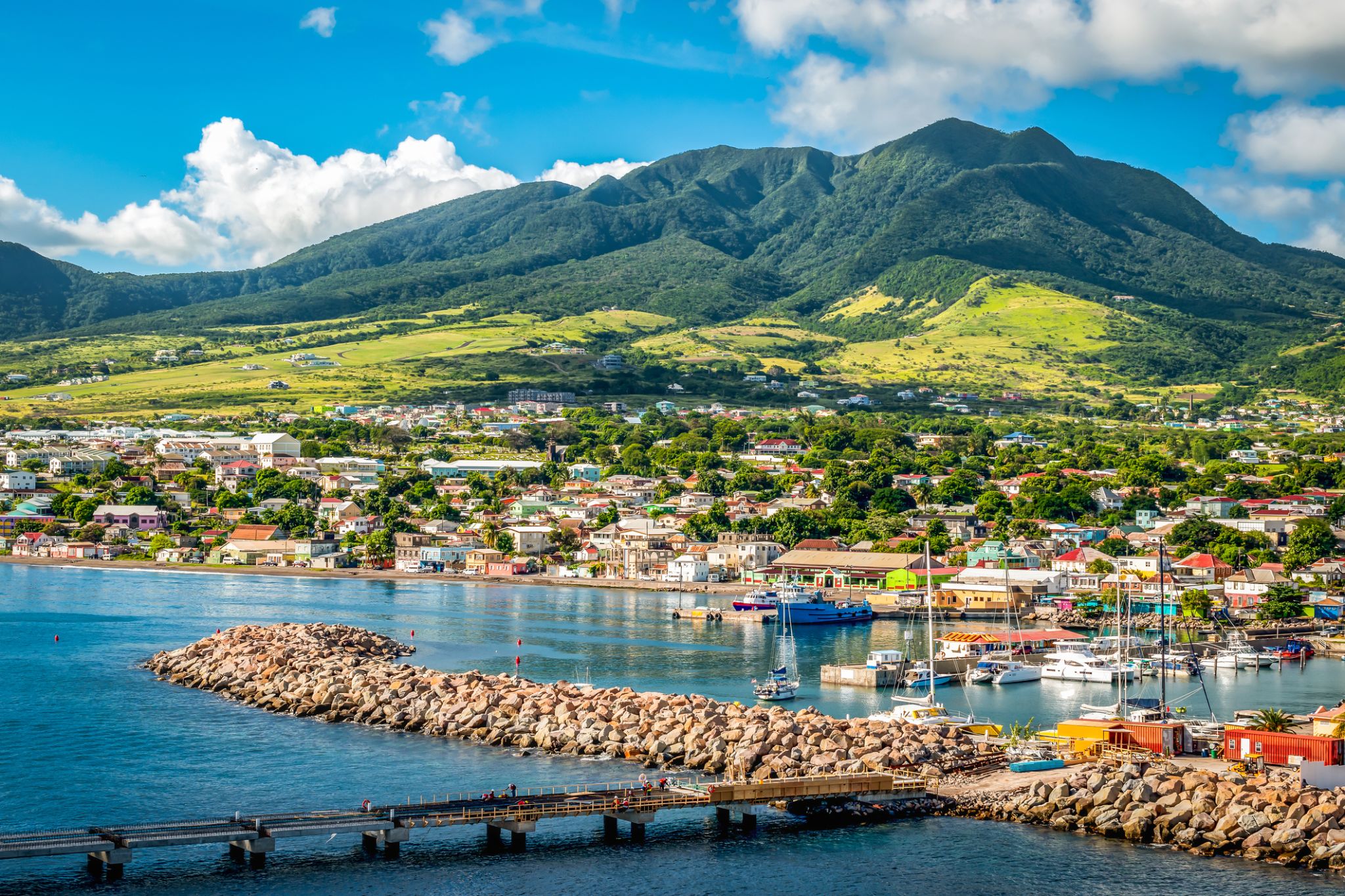 Dzień 19: 07:00-17:00
Dzień 19: 07:00-17:00Basseterre, Saint Kitts / Saint Kitts i Nevis
-
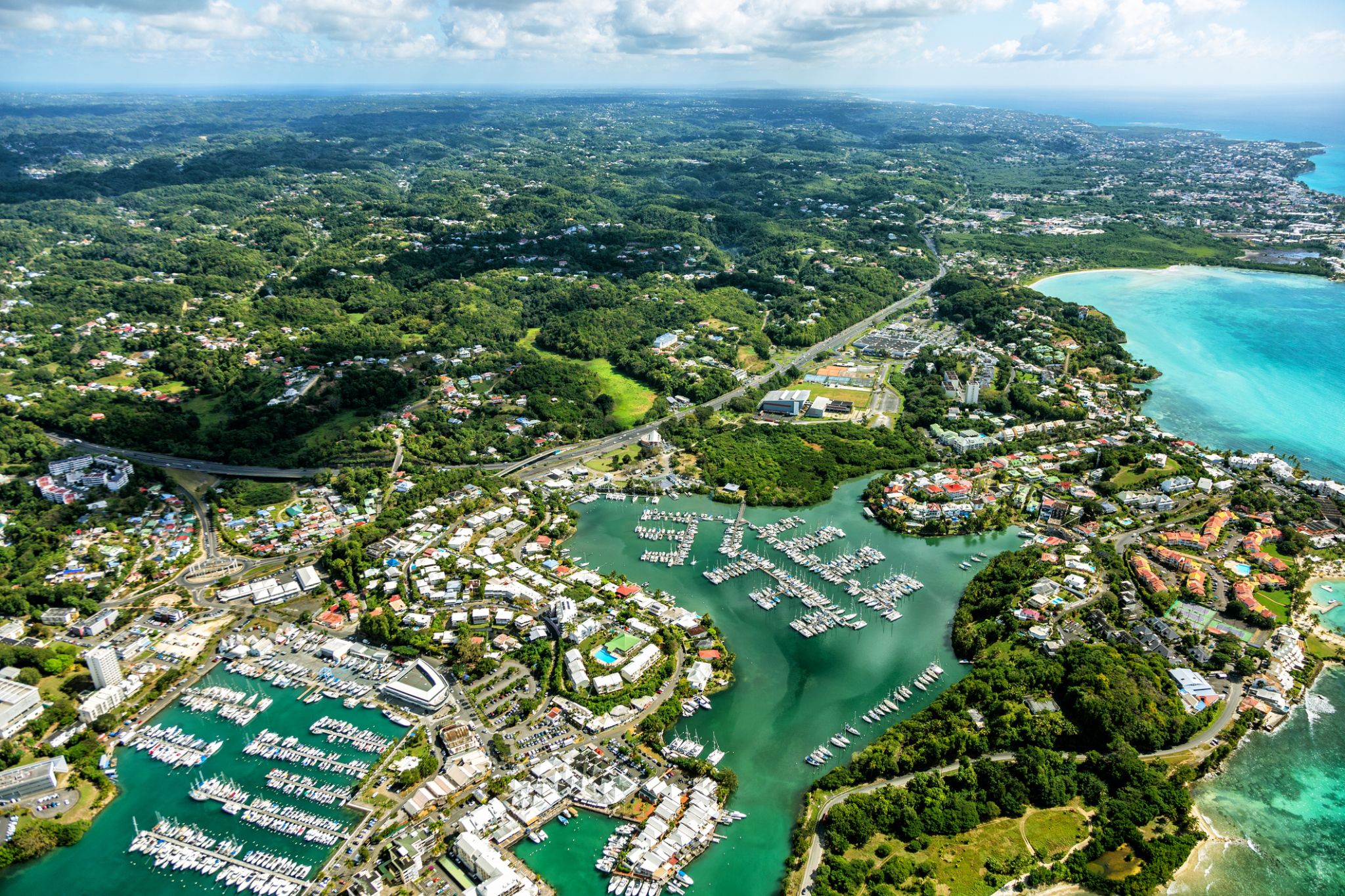 Dzień 20: 07:00-17:00
Dzień 20: 07:00-17:00Pointe-a-Pitre / Gwadelupa
Pointe-à-Pitre to największe miasto i centrum gospodarcze Gwadelupy, położone na wyspie Grande-Terre na Morzu Karaibskim. Założone w XVIII wieku, zachowuje elementy architektury kolonialnej i pełni funkcję ważnego portu regionu. Tętniące życiem targowiska, takie jak targ Saint-Antoine, zapraszają podróżnych do poznania lokalnego życia, skosztowania przypraw, tropikalnych owoców i rękodzieła. Historyczne centrum miasta z wąskimi uliczkami i budynkami w stylu kreolskim odzwierciedla bogatą mieszankę tradycji francuskich i karaibskich.
Pointe-à-Pitre jest także punktem wyjścia do odkrywania naturalnych cudów Gwadelupy. W pobliżu znajdują się słynny Park Narodowy Gwadelupy oraz wulkan La Soufrière, przyciągające miłośników aktywnego wypoczynku. Osoby zainteresowane historią mogą odwiedzić Memorial ACTe – muzeum poświęcone historii niewolnictwa. Dzięki połączeniu dziedzictwa kulturowego, żywej atmosfery i dogodnej lokalizacji, Pointe-à-Pitre pozostaje atrakcyjnym kierunkiem dla podróżnych szukających autentycznych karaibskich przeżyć.
-
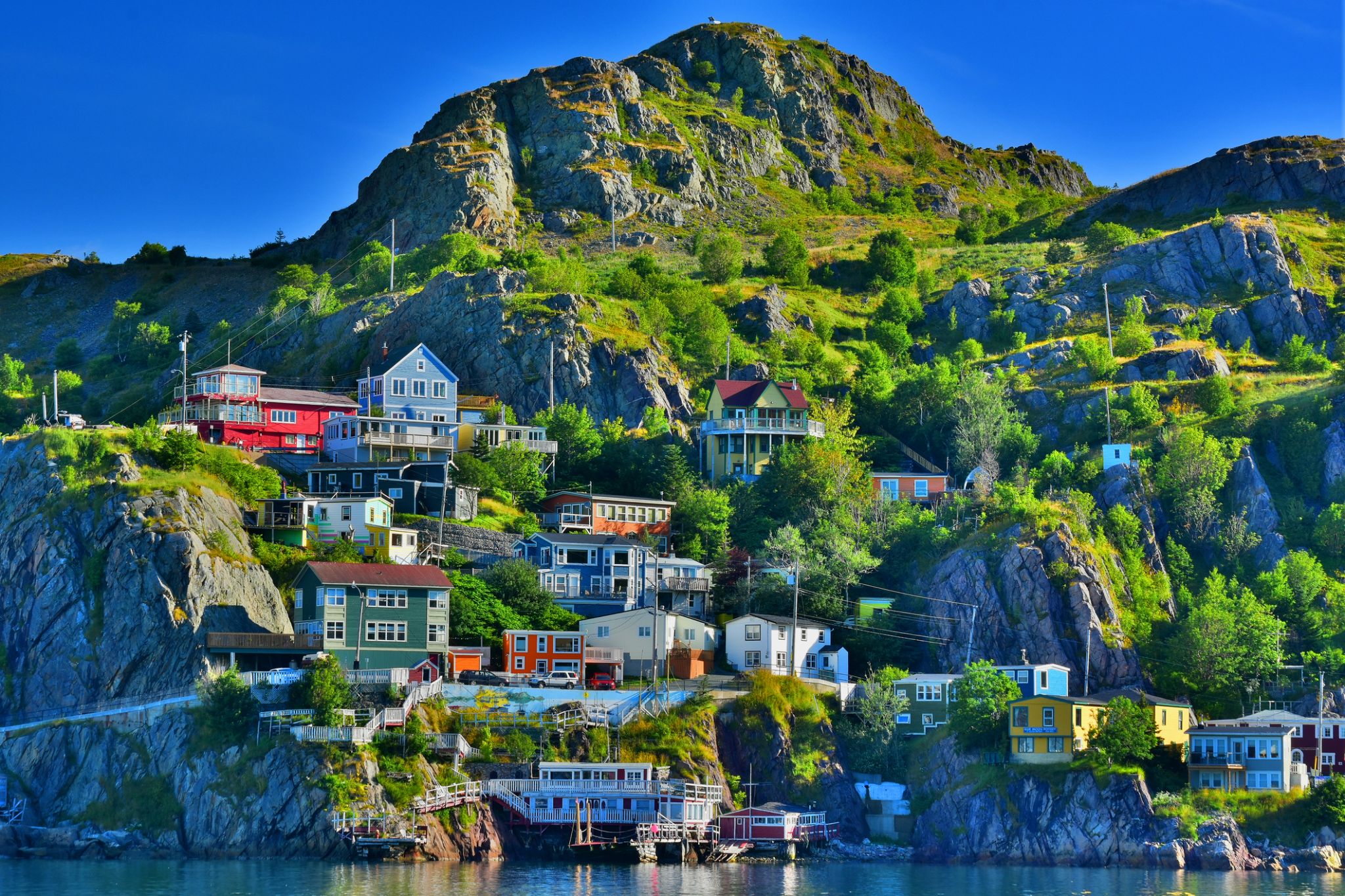 Dzień 21: 07:00-17:00
Dzień 21: 07:00-17:00Świętego Jana / Kanada
St. John's is the capital and largest city of the Canadian province of Newfoundland and Labrador. It is on the eastern tip of the Avalon Peninsula on the large Canadian island, Newfoundland. The city spans 446.04 square kilometres (172.22 sq mi) and is North America's easternmost city.
Its name has been attributed to the Nativity of John the Baptist, when John Cabot was believed to have sailed into the harbour in 1497 and to a Basque fishing town with the same name. Existing on maps as early as 1519, it is the oldest city in North America. It was officially incorporated as a city in 1888. With a metropolitan population of approximately 219,207 (as of July 1, 2017), the St. John's Metropolitan Area is Canada's 20th largest metropolitan area and the second largest Census Metropolitan Area (CMA) in Atlantic Canada, after Halifax.
The city has a rich history, having played a role in the French and Indian War, the American Revolutionary War, and the War of 1812. Italian inventor Guglielmo Marconi received the first transatlantic wireless signal in St. John's. Its history and culture have made it into an important tourist destination.
-
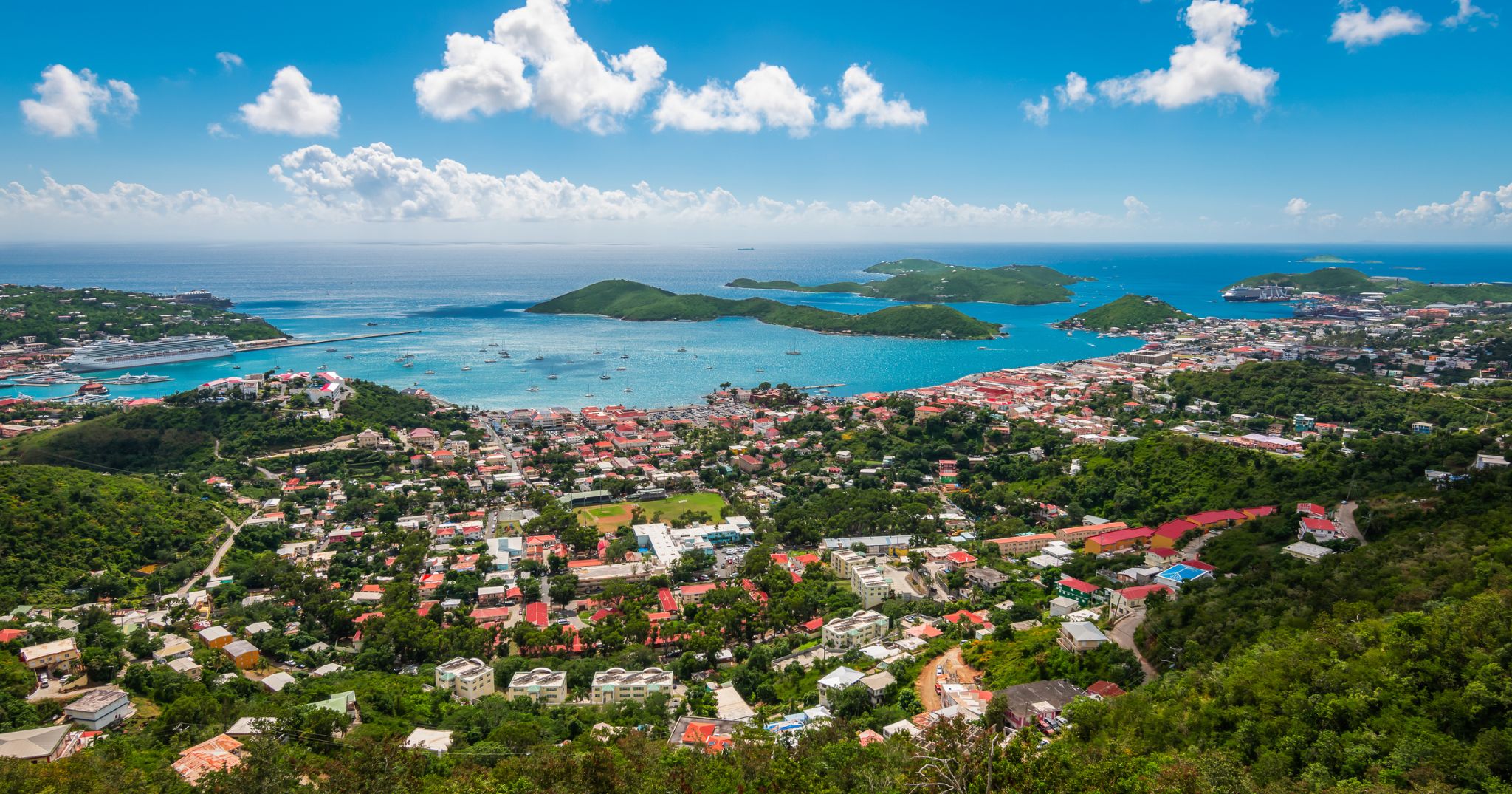 Dzień 22: 07:00-17:00
Dzień 22: 07:00-17:00Charlotte Amalie, ks. Święty Tomasz / Wyspy Dziewicze
-
 Dzień 23:
Dzień 23:Dzień na morzu / Morze
-
 Dzień 24:
Dzień 24:Dzień na morzu / Morze
-
 Dzień 25: 07:00-19:00
Dzień 25: 07:00-19:00Miami / USA
Miami, officially the City of Miami, is the cultural, economic and financial center of South Florida. Miami is the seat of Miami-Dade County, the most populous county in Florida. The city covers an area of about 56.6 square miles (147 km2), between the Everglades to the west and Biscayne Bay on the east; with a 2017 estimated population of 463,347, Miami is the sixth most densely populated major city in the United States. The Miami metropolitan area is home to 6.1 million people and the seventh-largest metropolitan area in the nation. Miami's metro area is the second-most populous metropolis in the southeastern United States and fourth-largest urban area in the U.S.
Miami is a major center, and a leader in finance, commerce, culture, media, entertainment, the arts, and international trade. The Miami Metropolitan Area is by far the largest urban economy in Florida and the 12th largest in the United States with a GDP of $344.9 billion as of 2017. In 2012, Miami was classified as an "Alpha−" level world city in the World Cities Study Group's inventory. In 2010, Miami ranked seventh in the United States and 33rd among global cities in terms of business activity, human capital, information exchange, cultural experience, and political engagement. In 2008, Forbes magazine ranked Miami "America's Cleanest City", for its year-round good air quality, vast green spaces, clean drinking water, clean streets, and citywide recycling programs. According to a 2009 UBS study of 73 world cities, Miami was ranked as the richest city in the United States, and the world's seventh-richest city in terms of purchasing power. Miami is nicknamed the "Capital of Latin America" and is the largest city with a Cuban-American plurality.
Greater Downtown Miami has one of the largest concentrations of international banks in the United States, and is home to many large national and international companies. The Civic Center is a major center for hospitals, research institutes, medical centers, and biotechnology industries. For more than two decades, the Port of Miami, known as the "Cruise Capital of the World", has been the number one cruise passenger port in the world. It accommodates some of the world's largest cruise ships and operations, and is the busiest port in both passenger traffic and cruise lines. Metropolitan Miami is also a major tourism hub in the southeastern U.S. for international visitors, ranking number two in the country after New York City.


